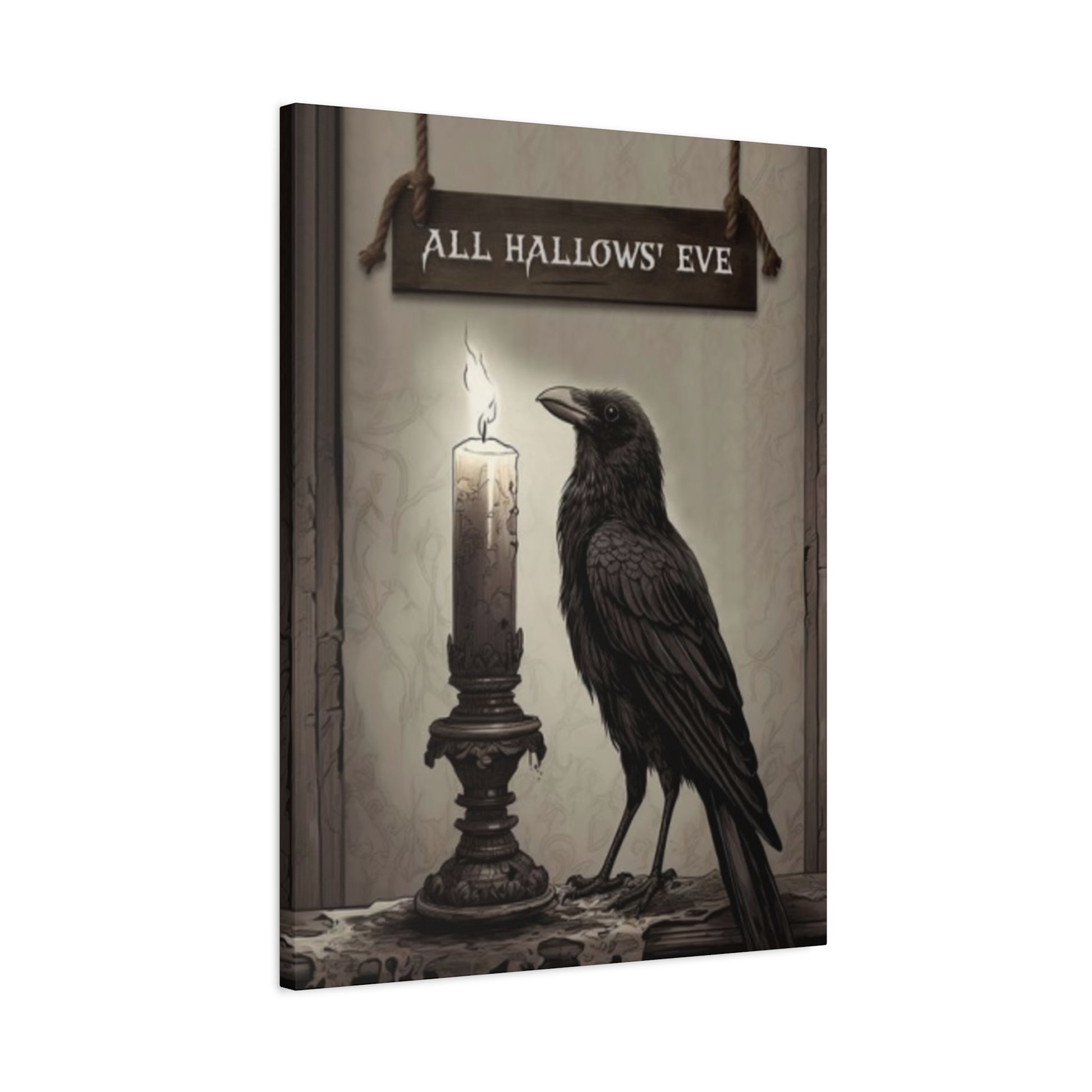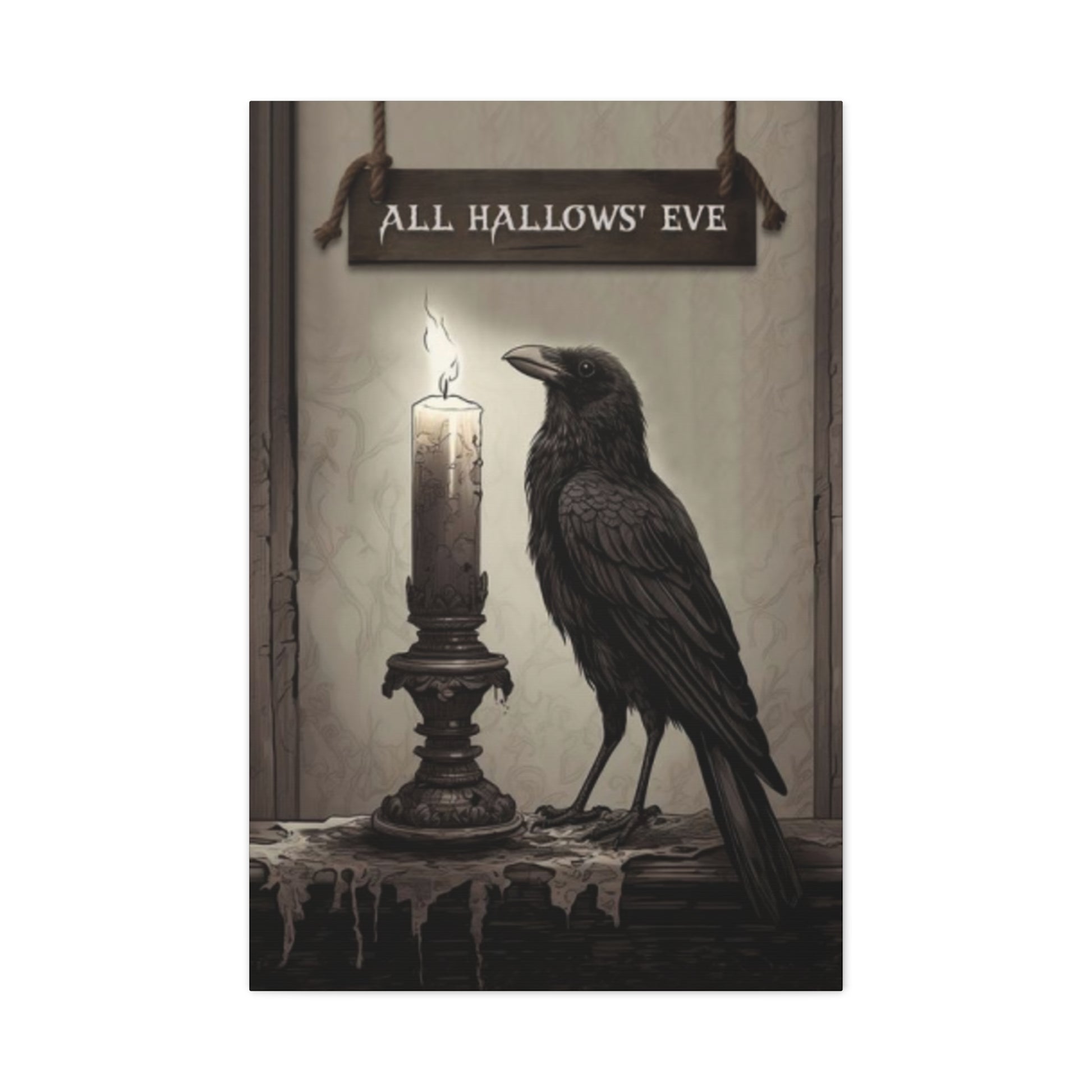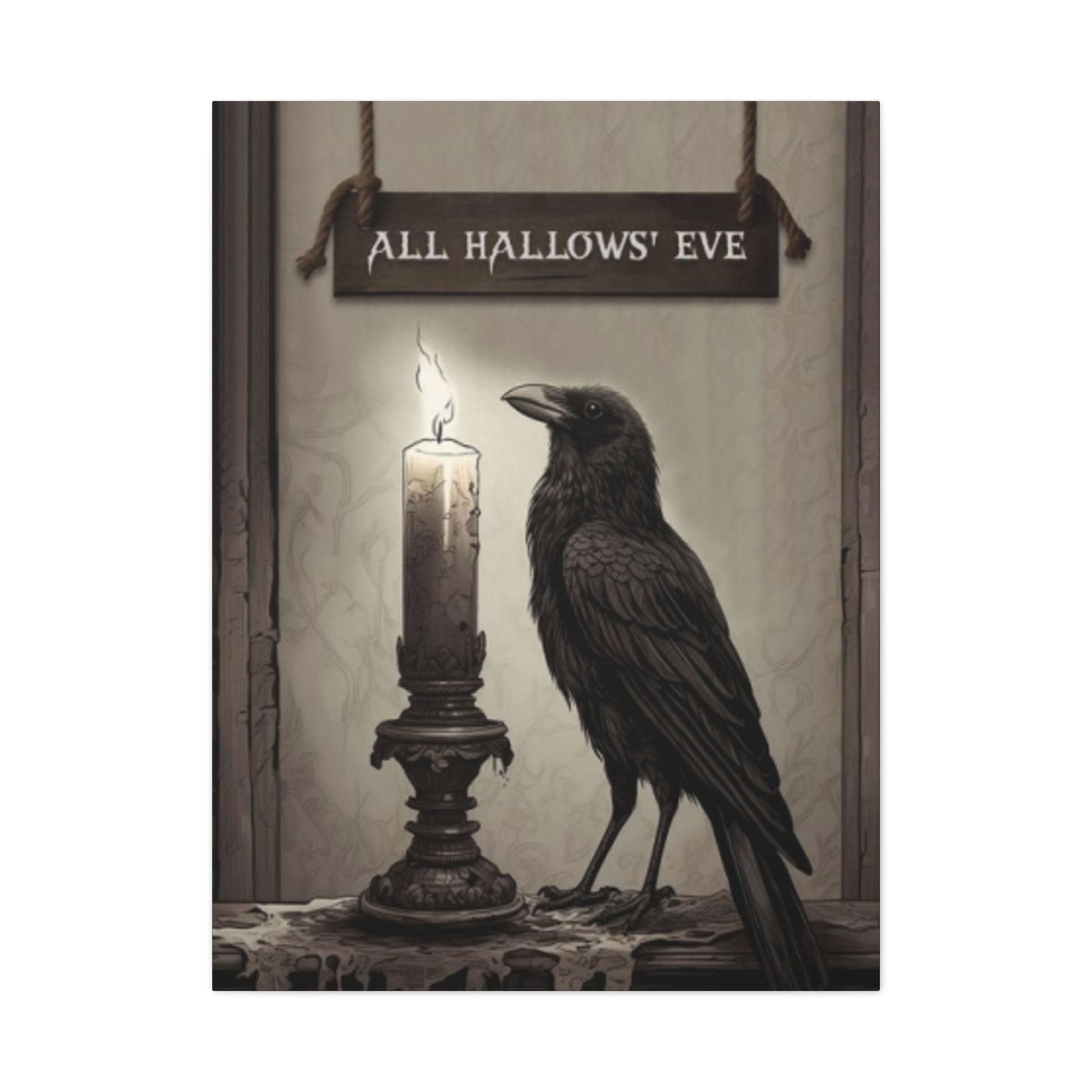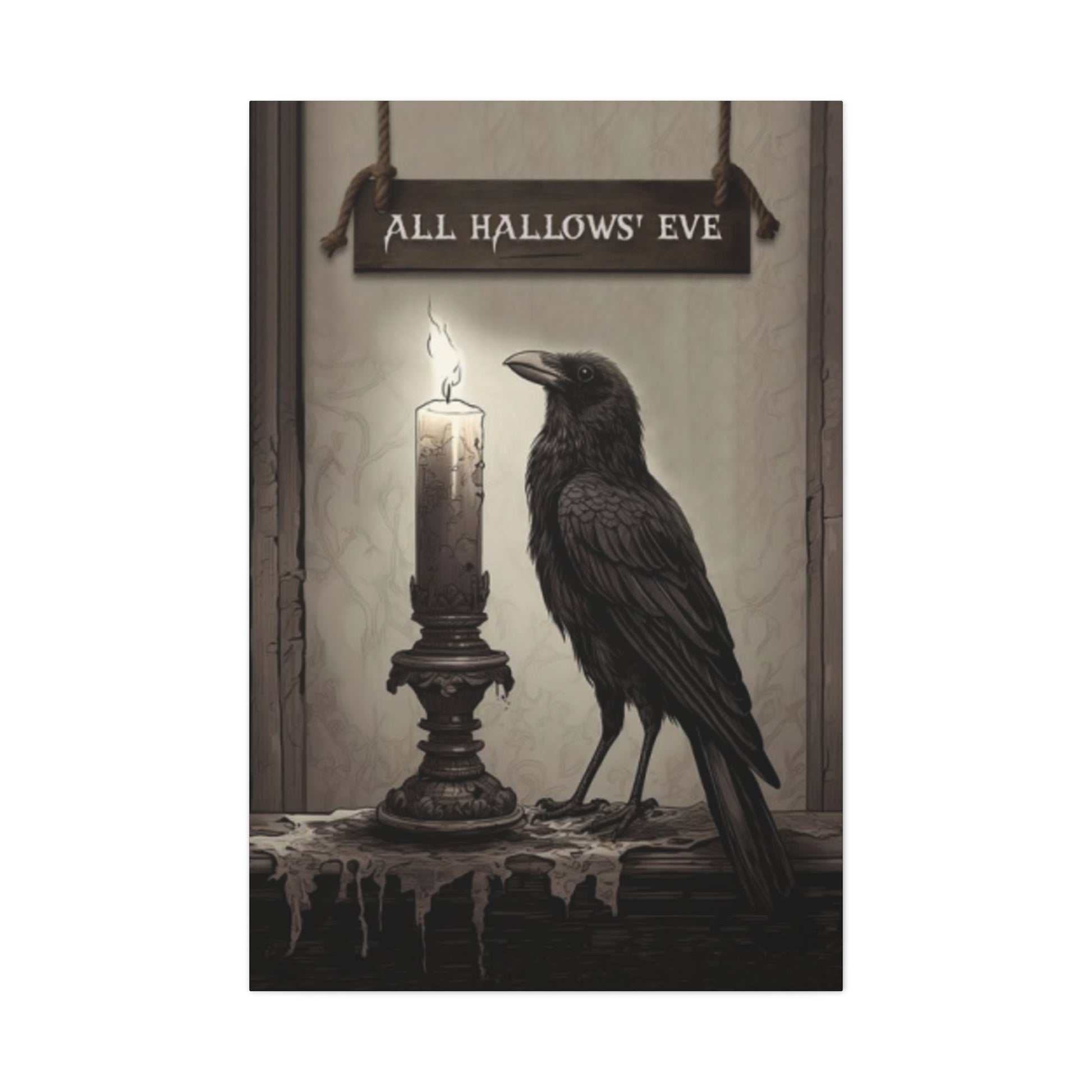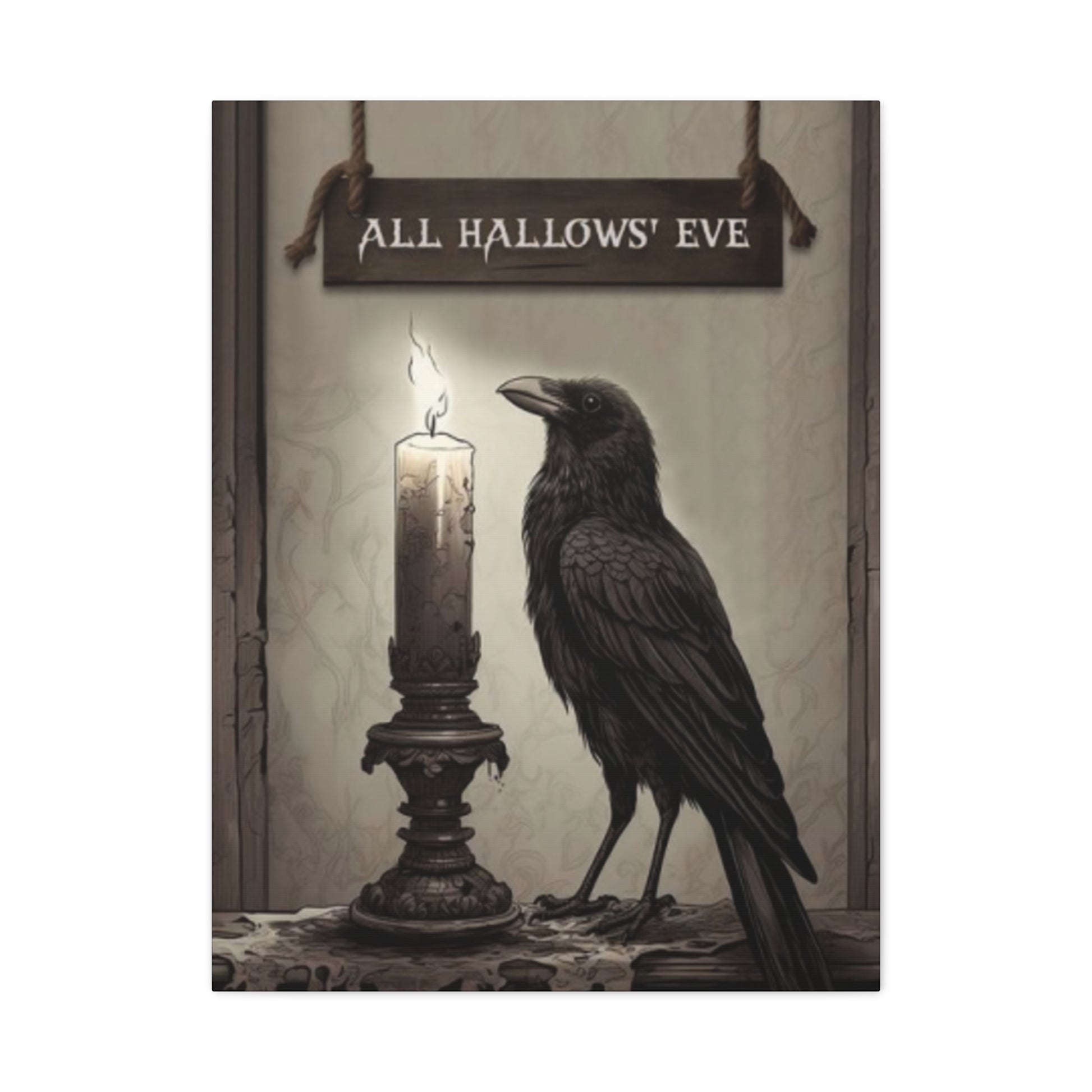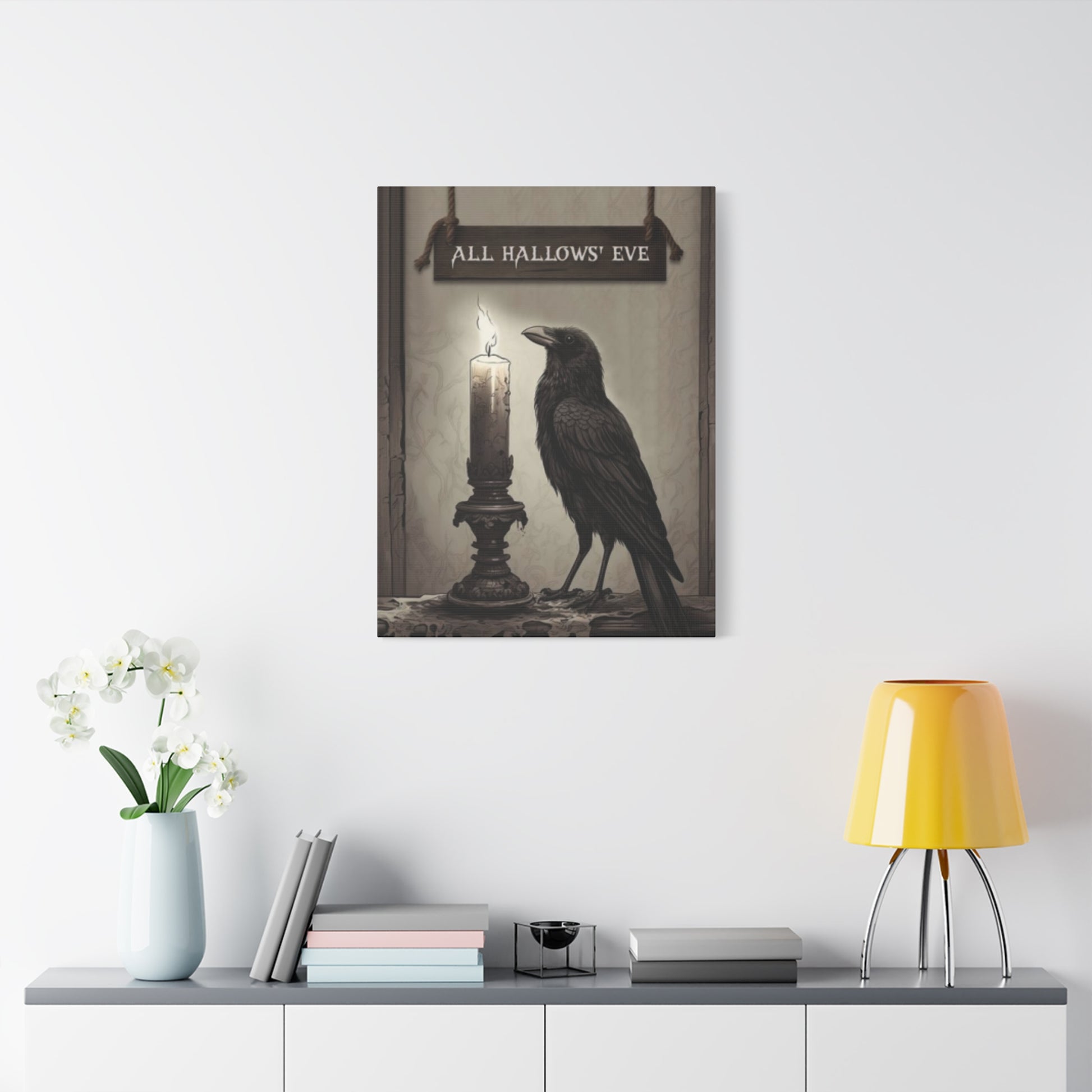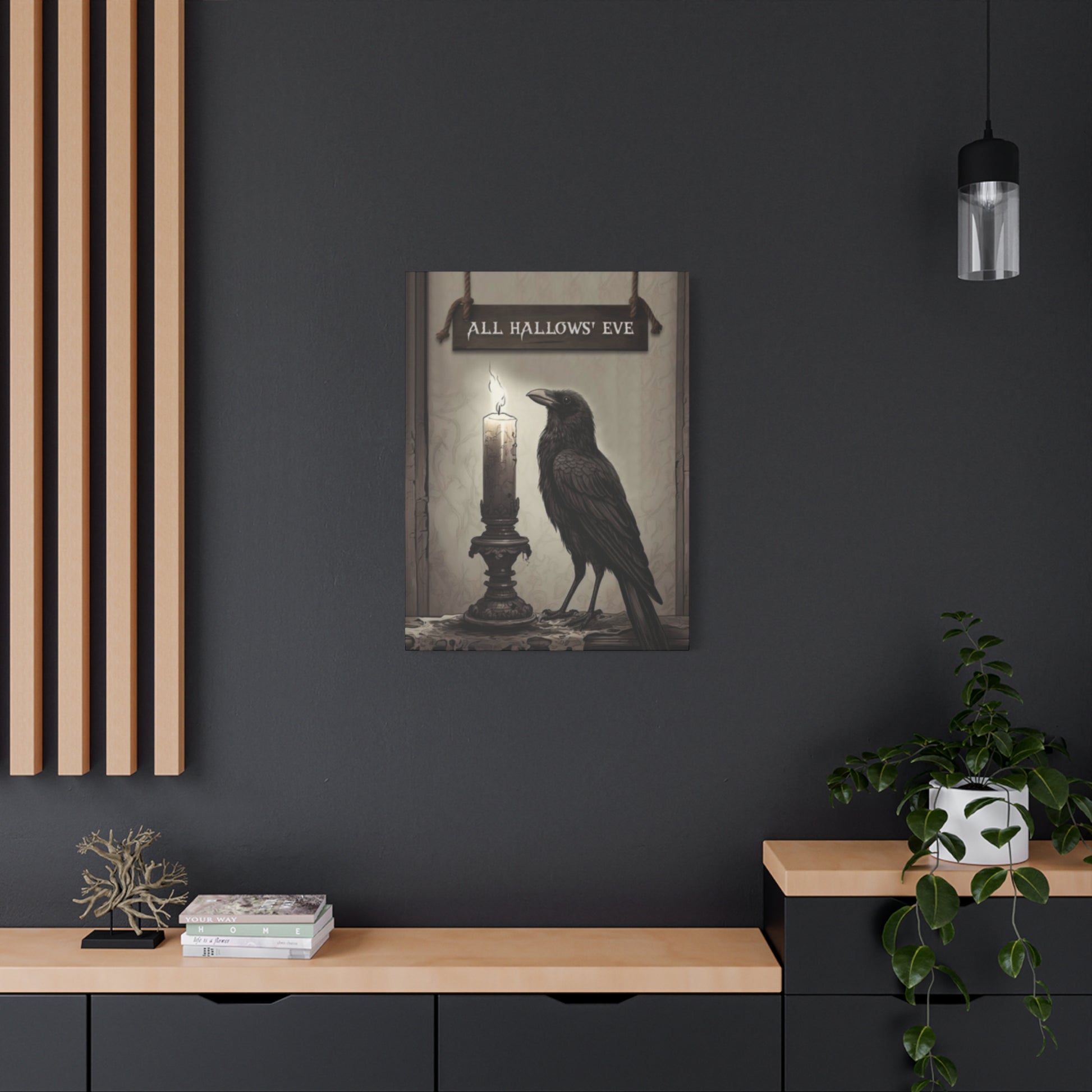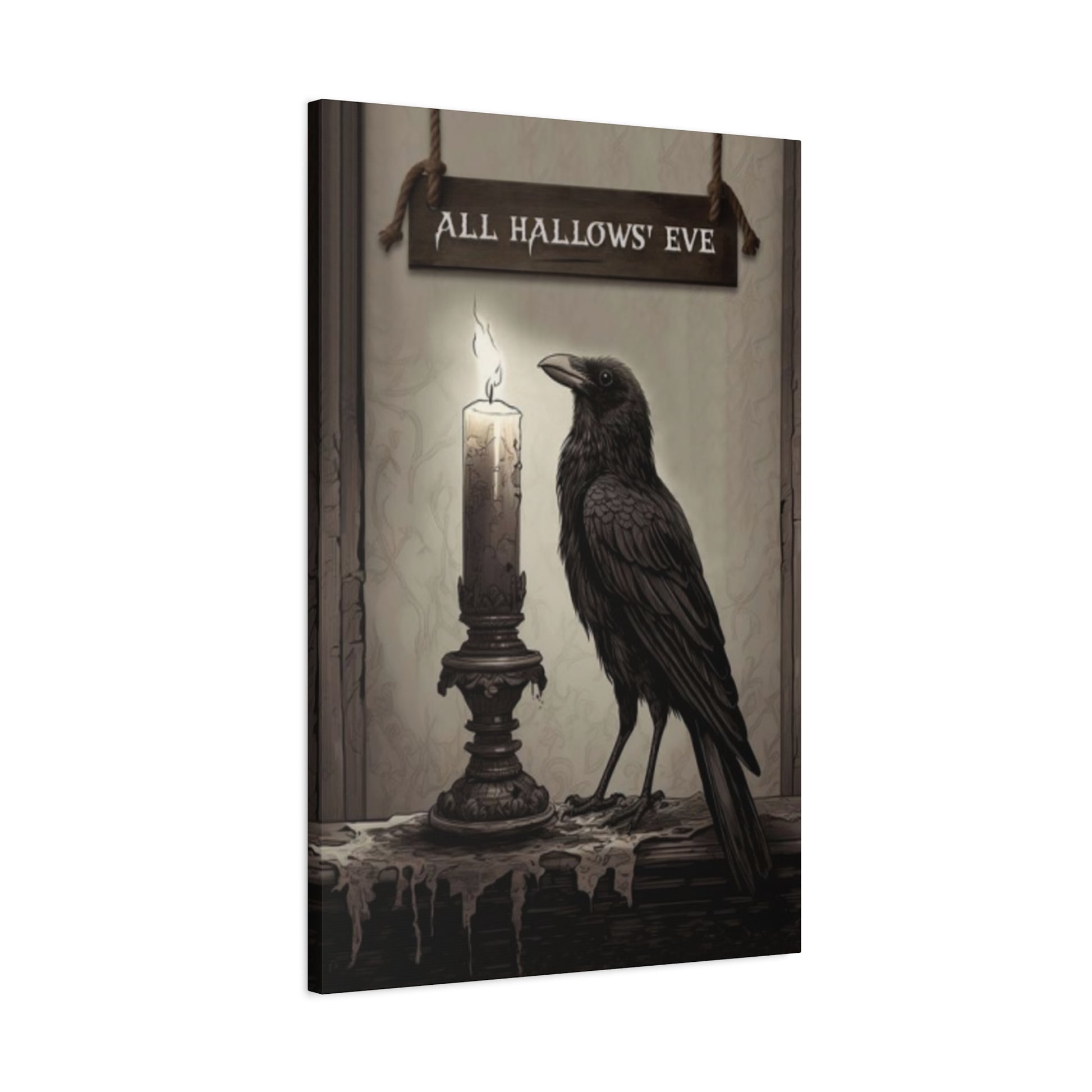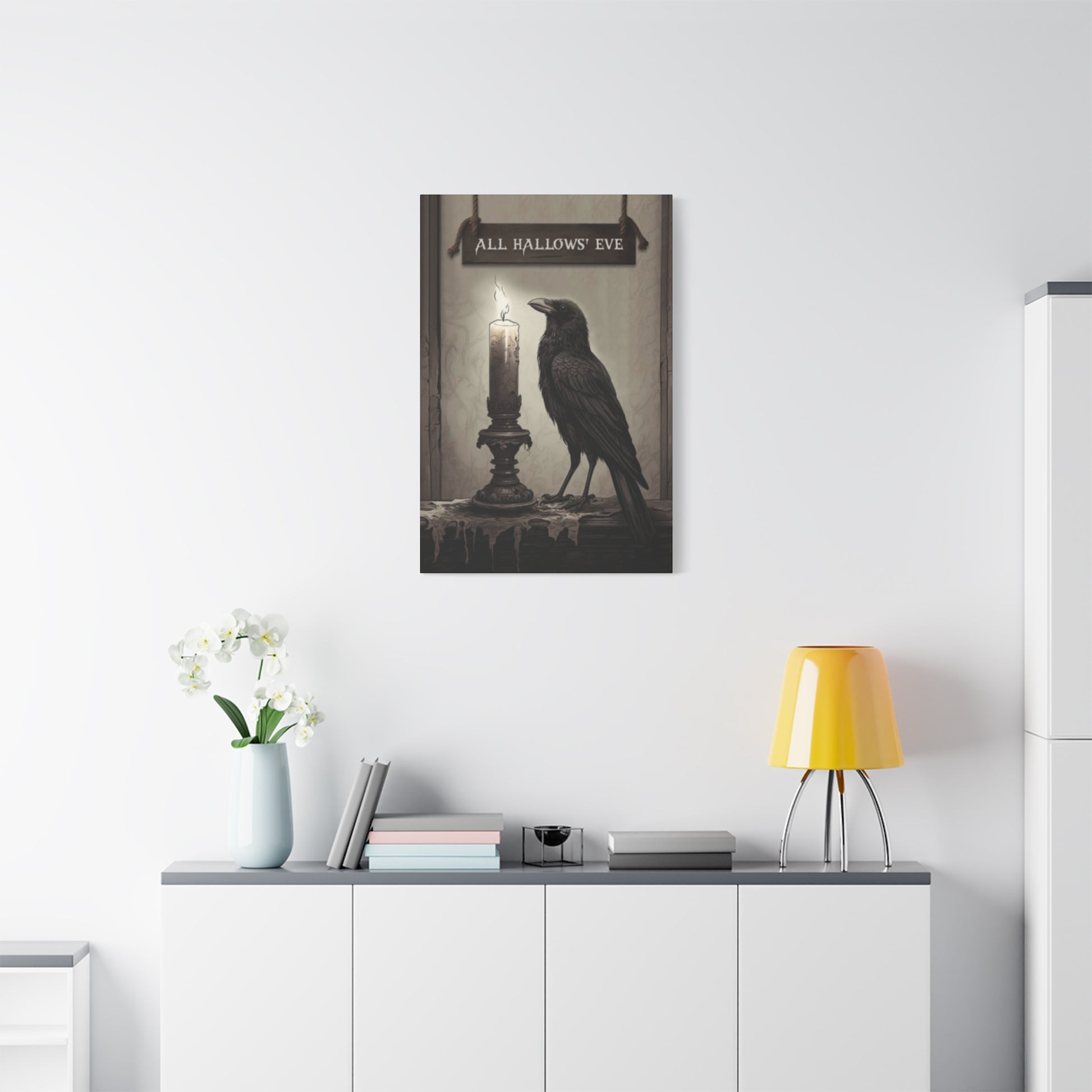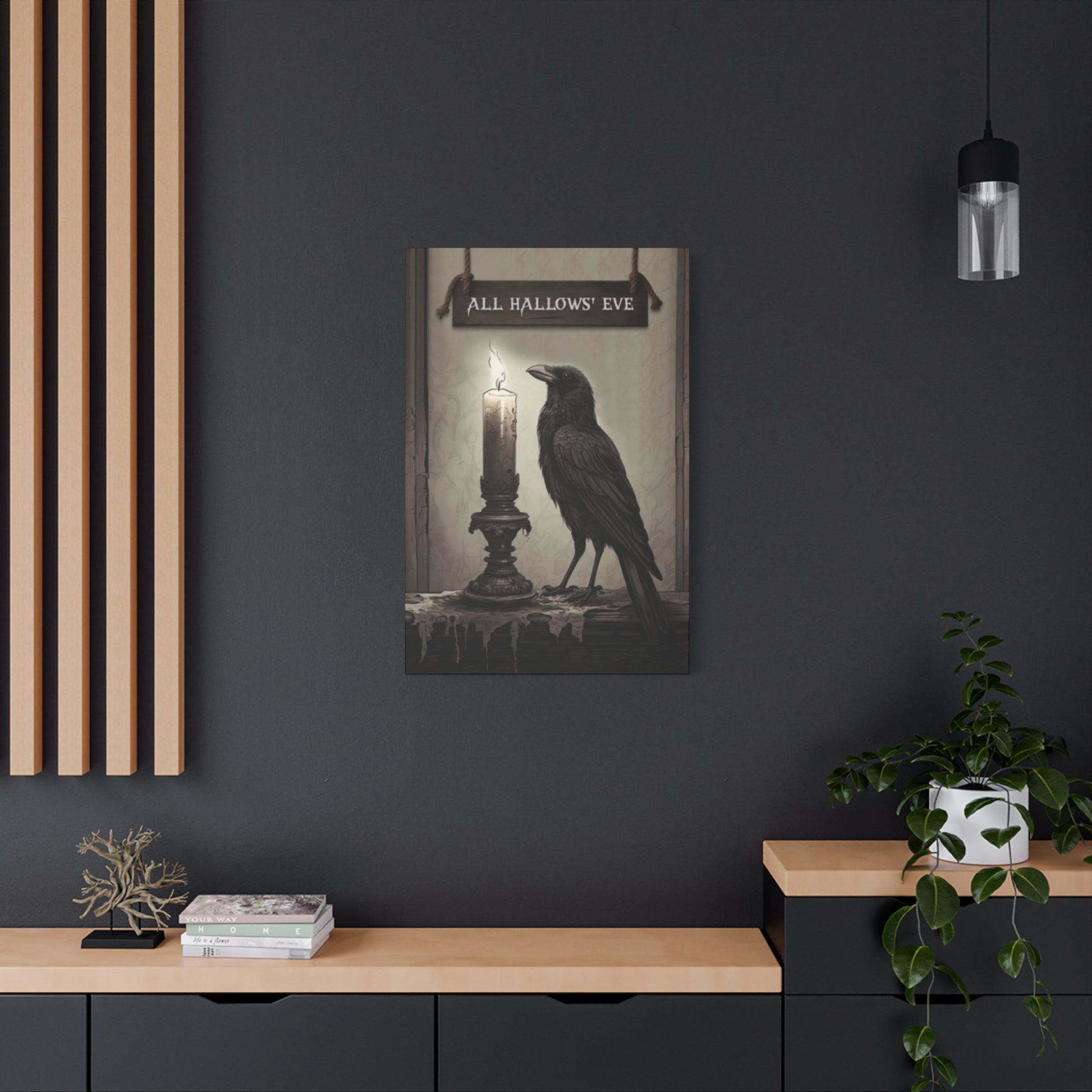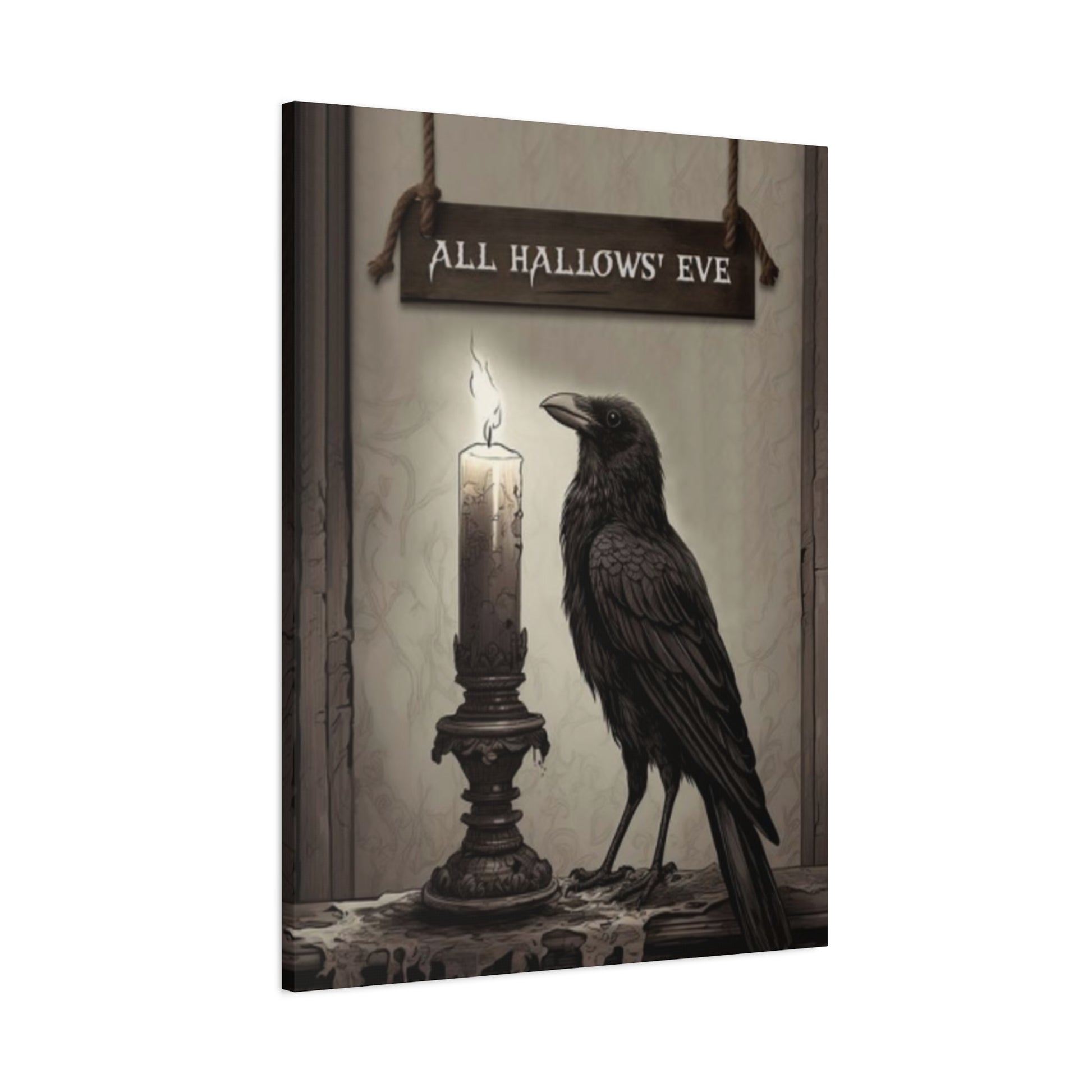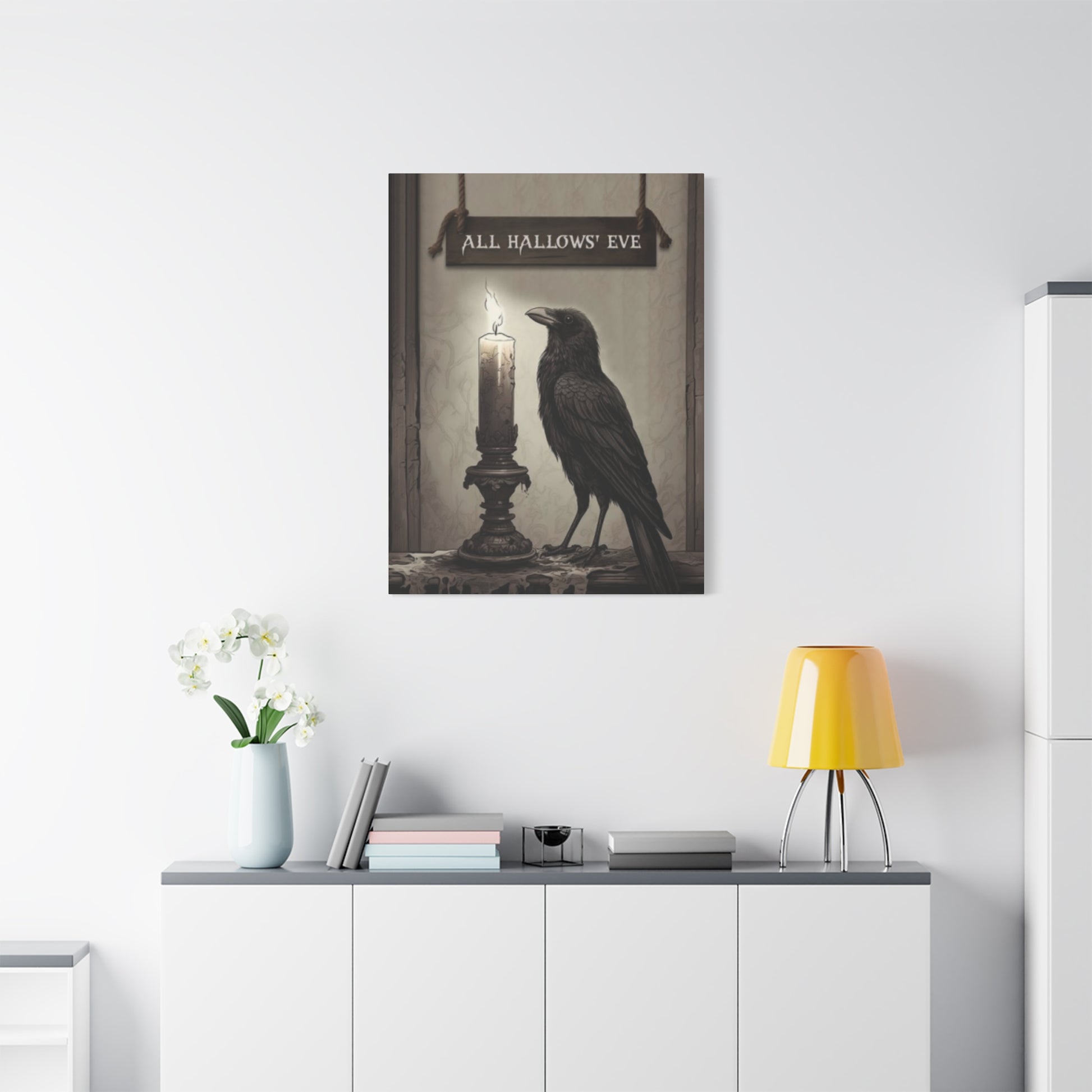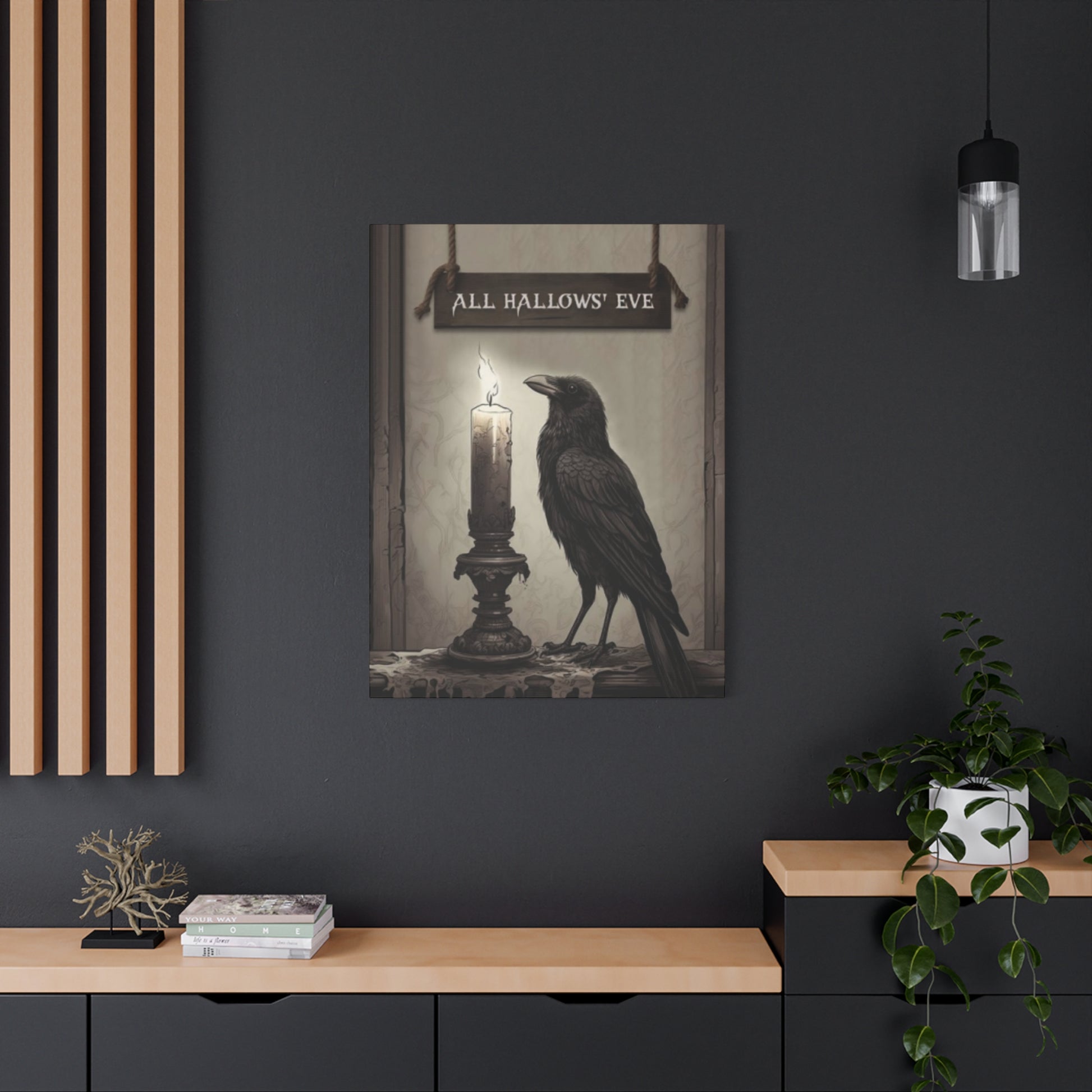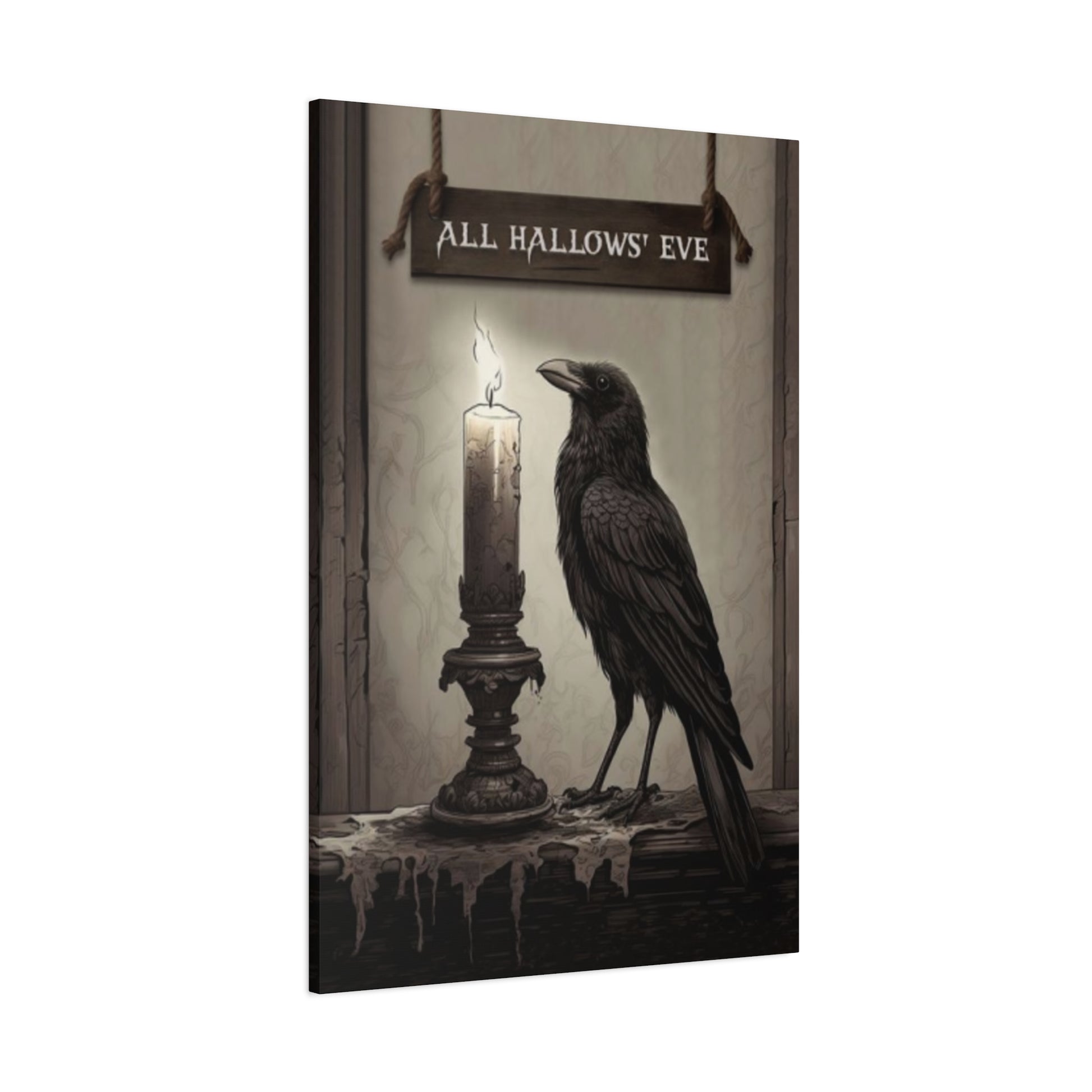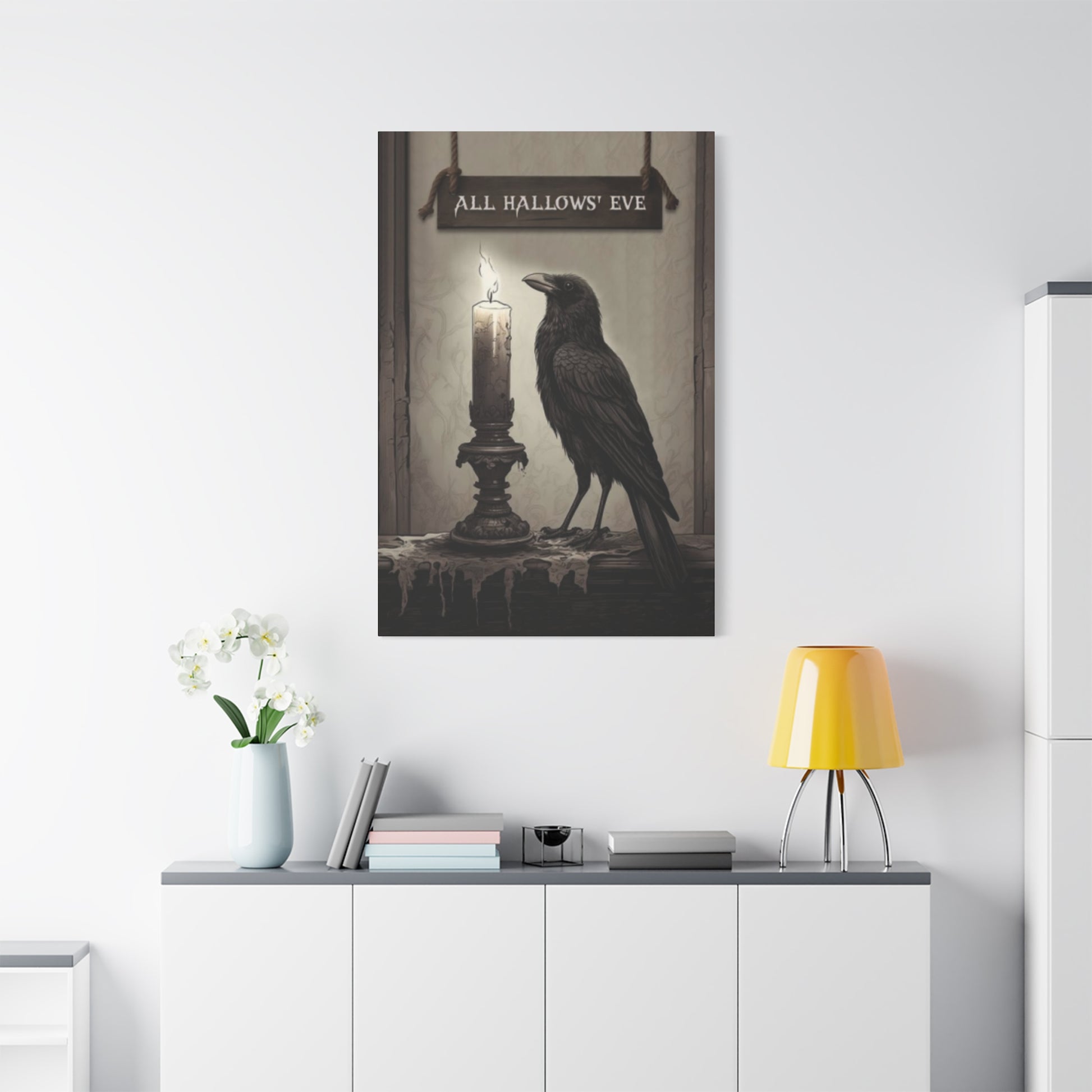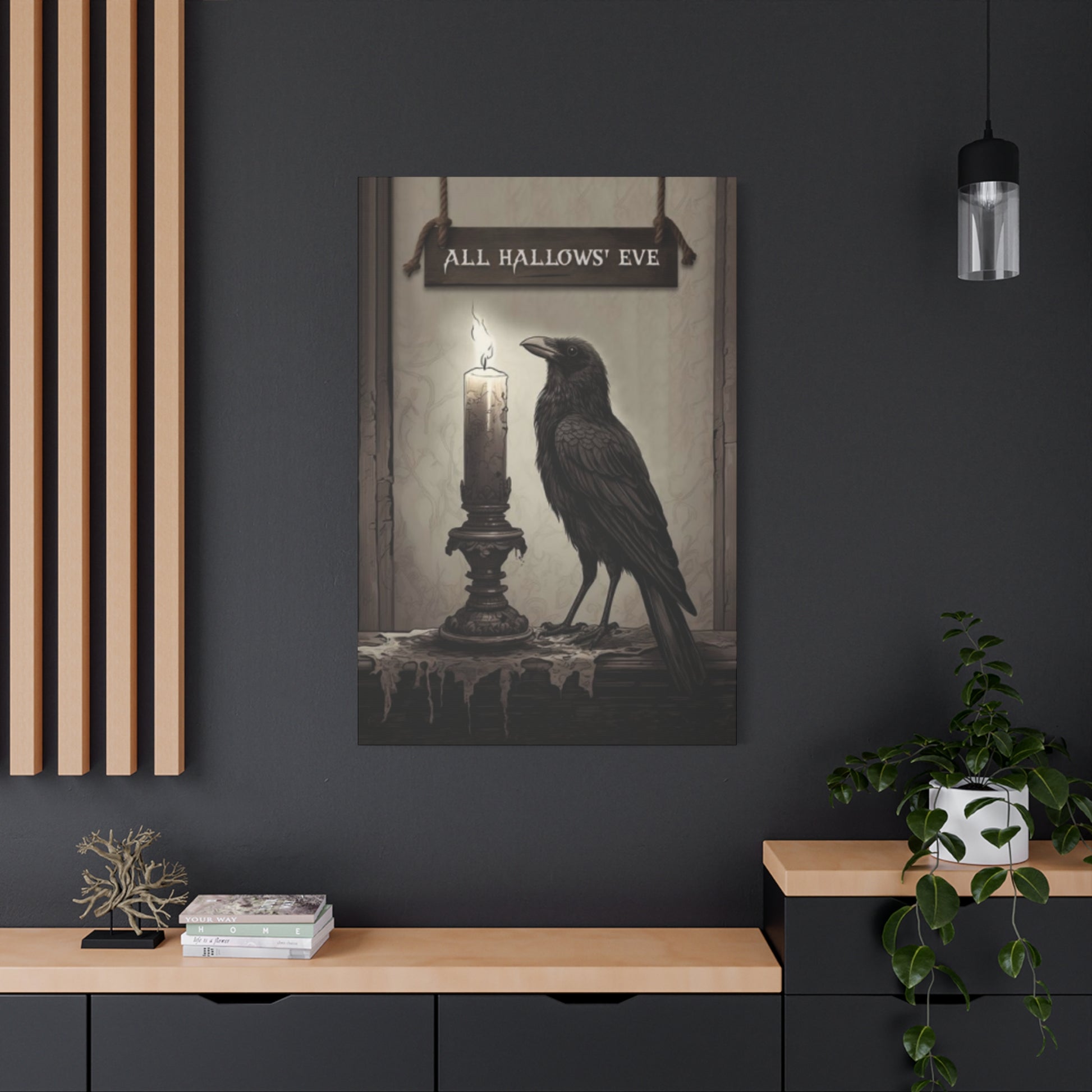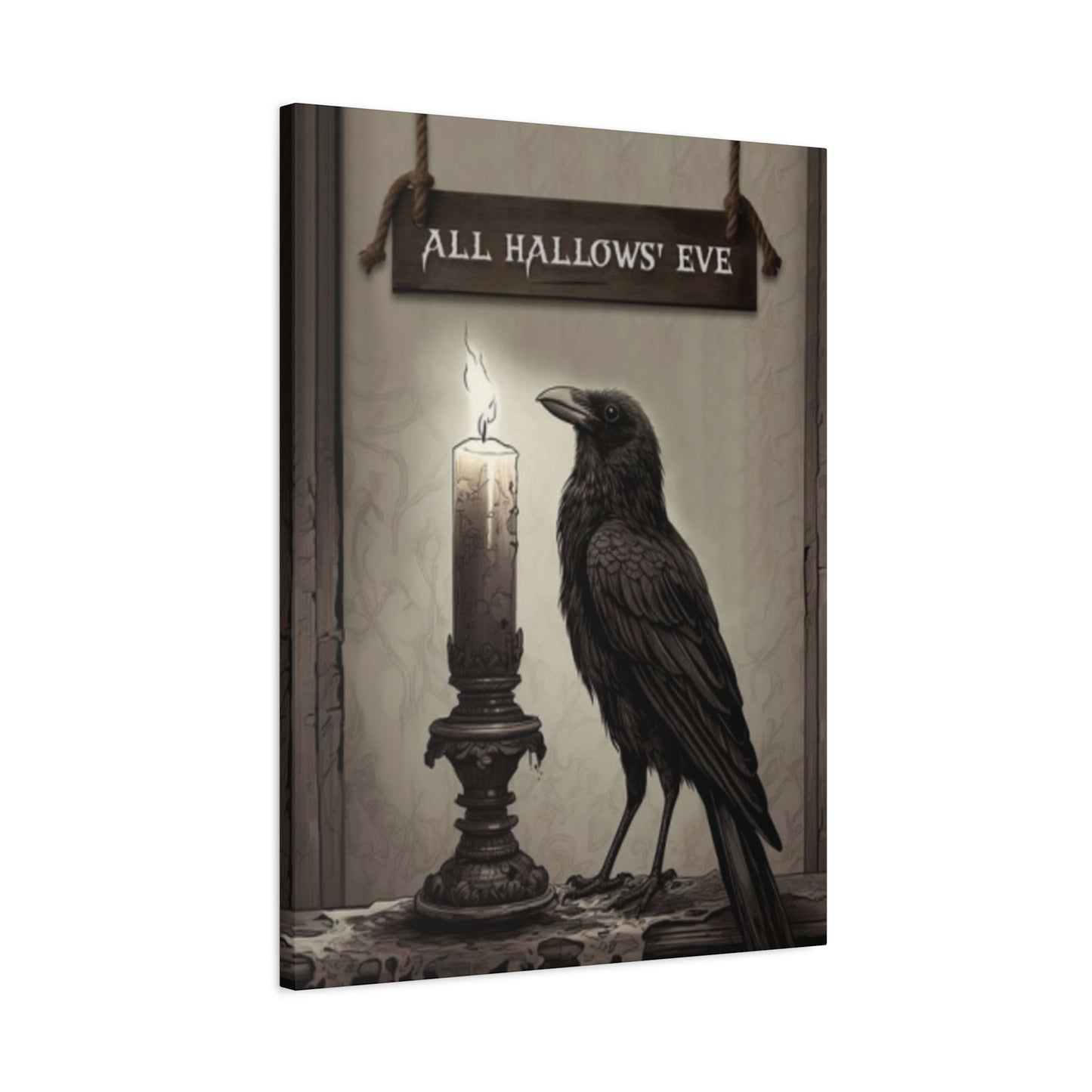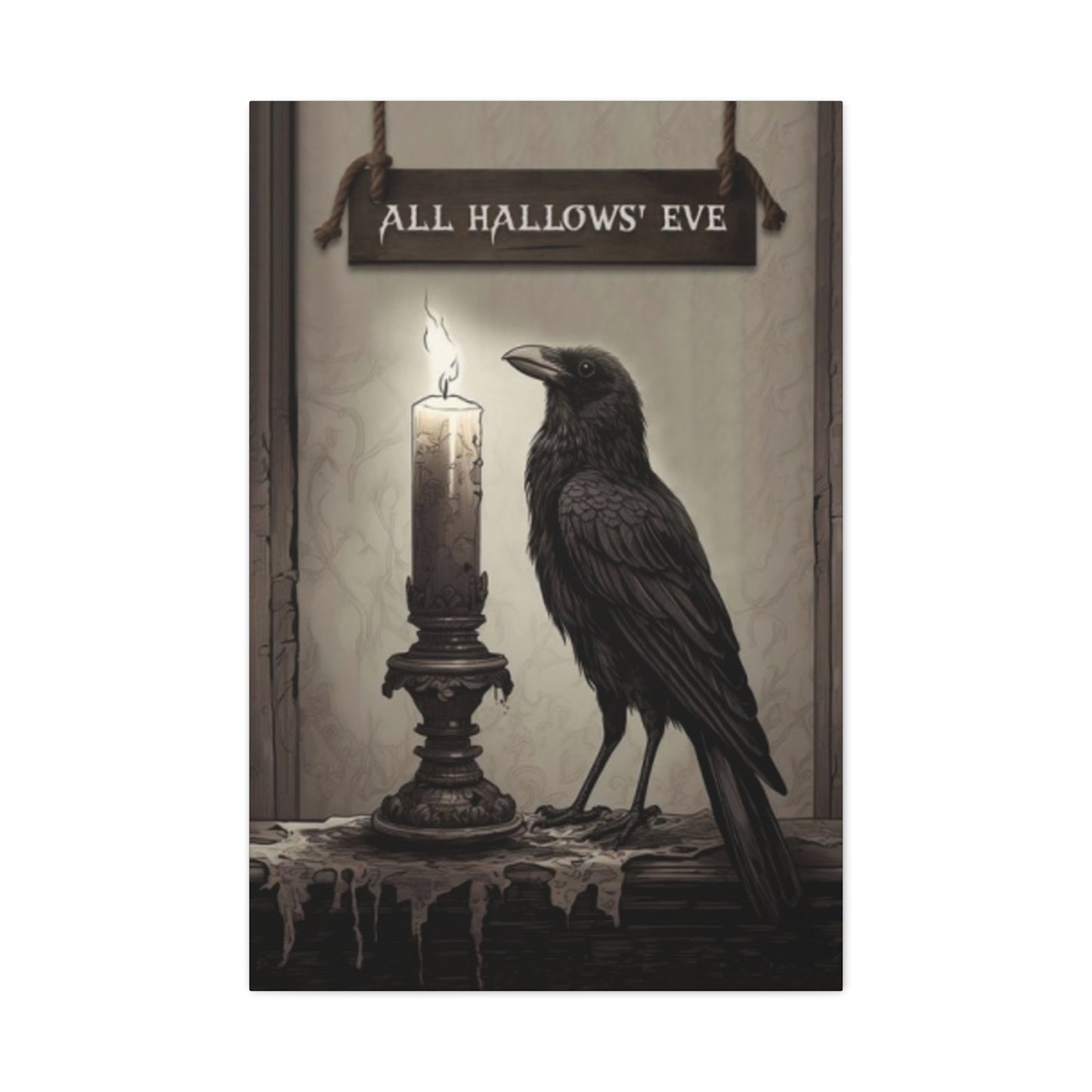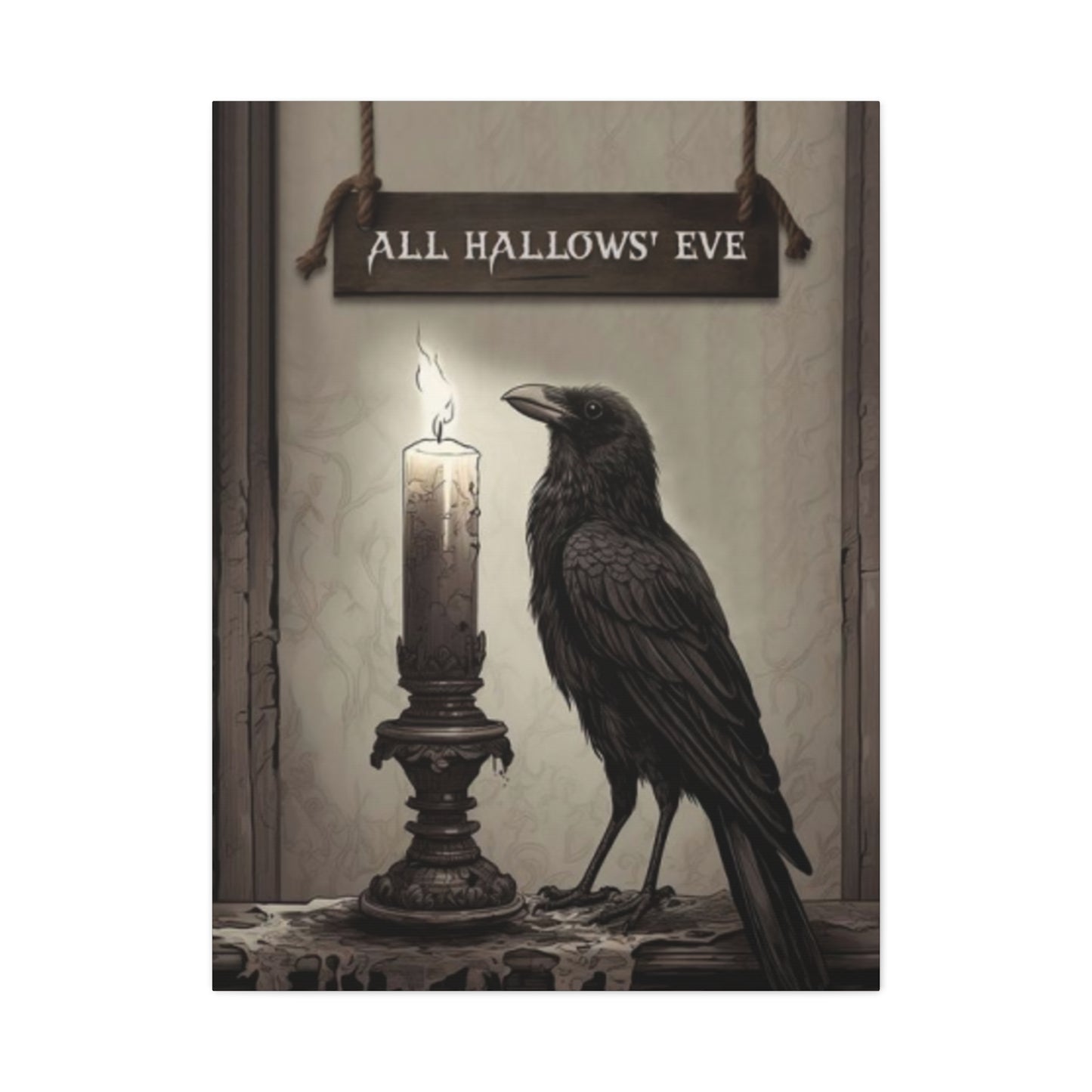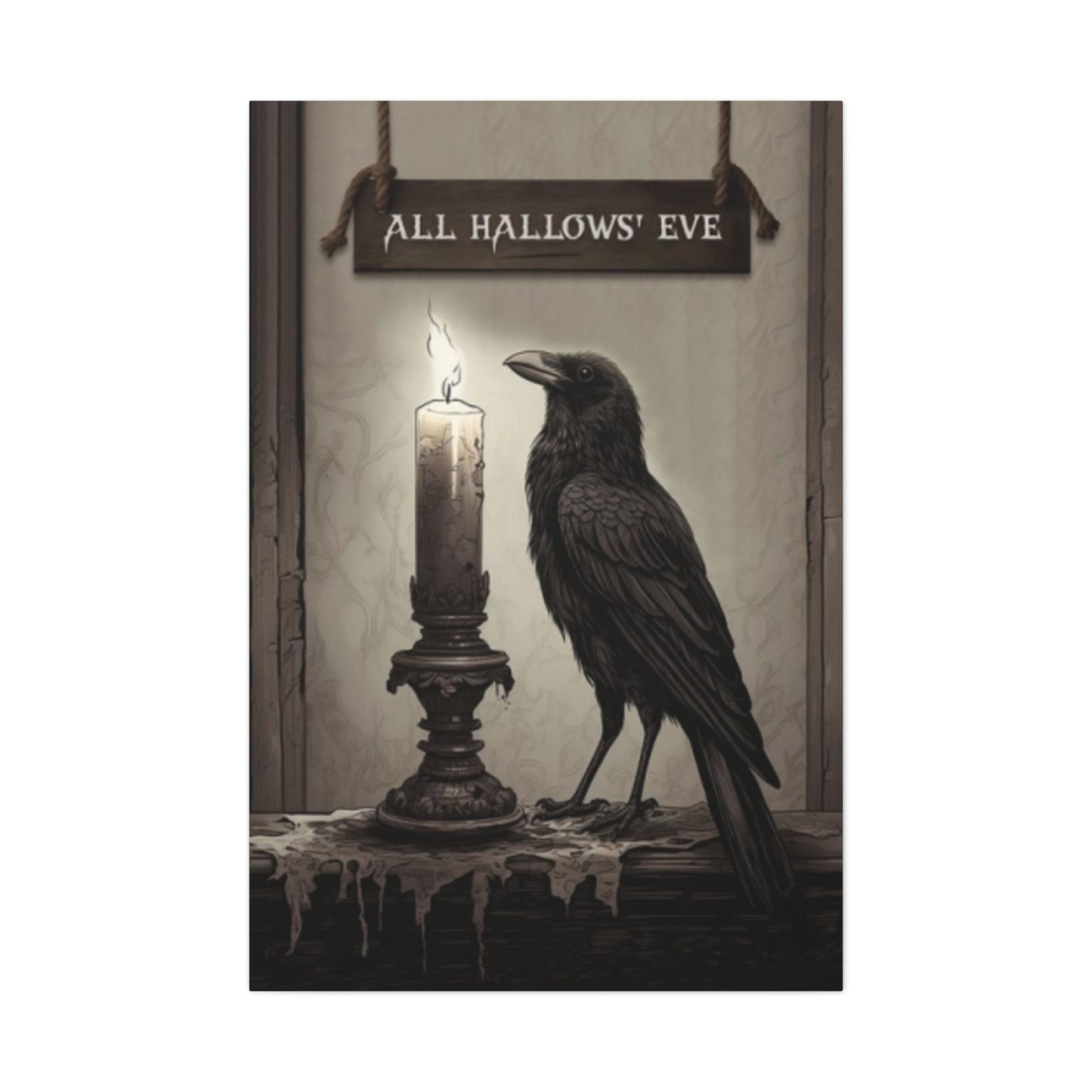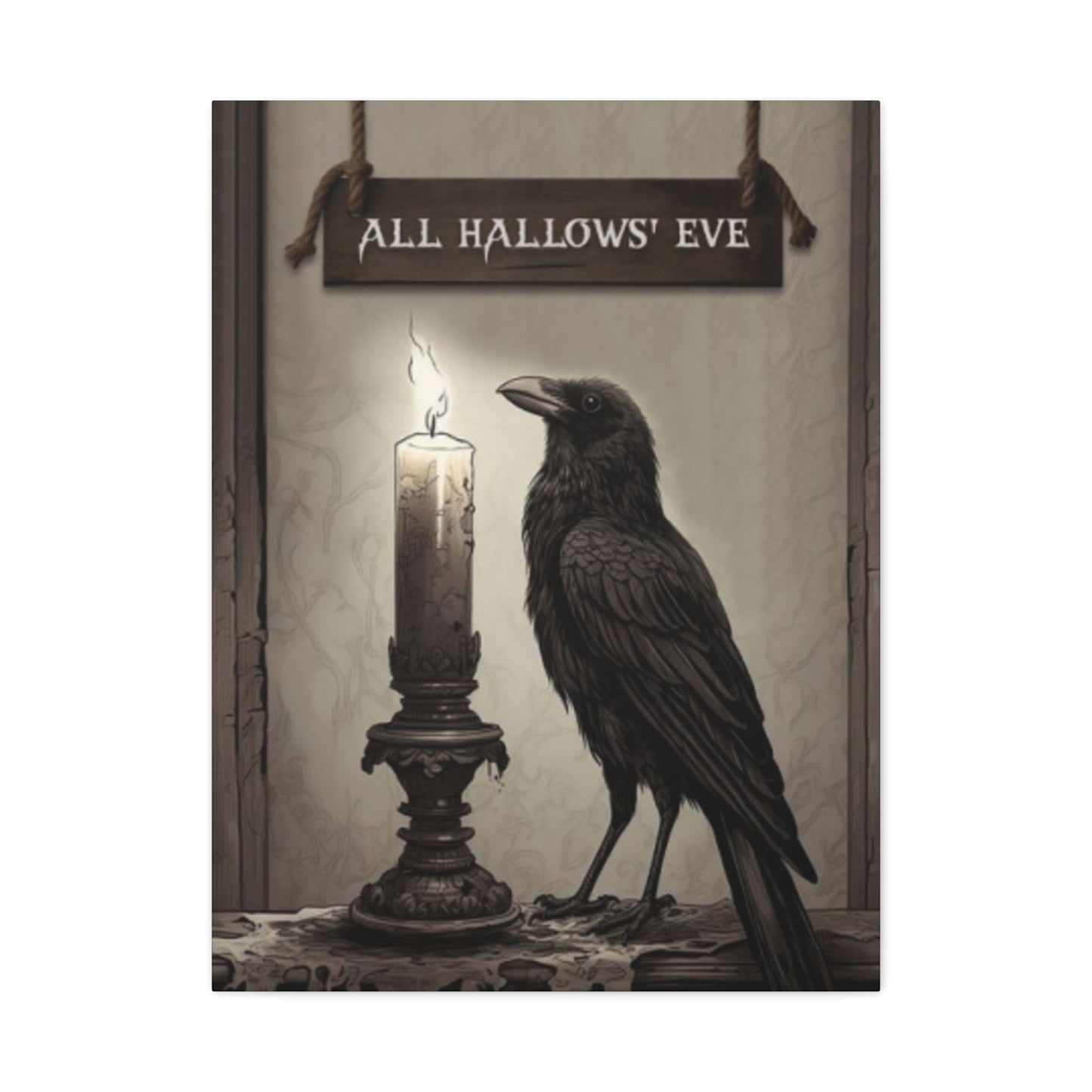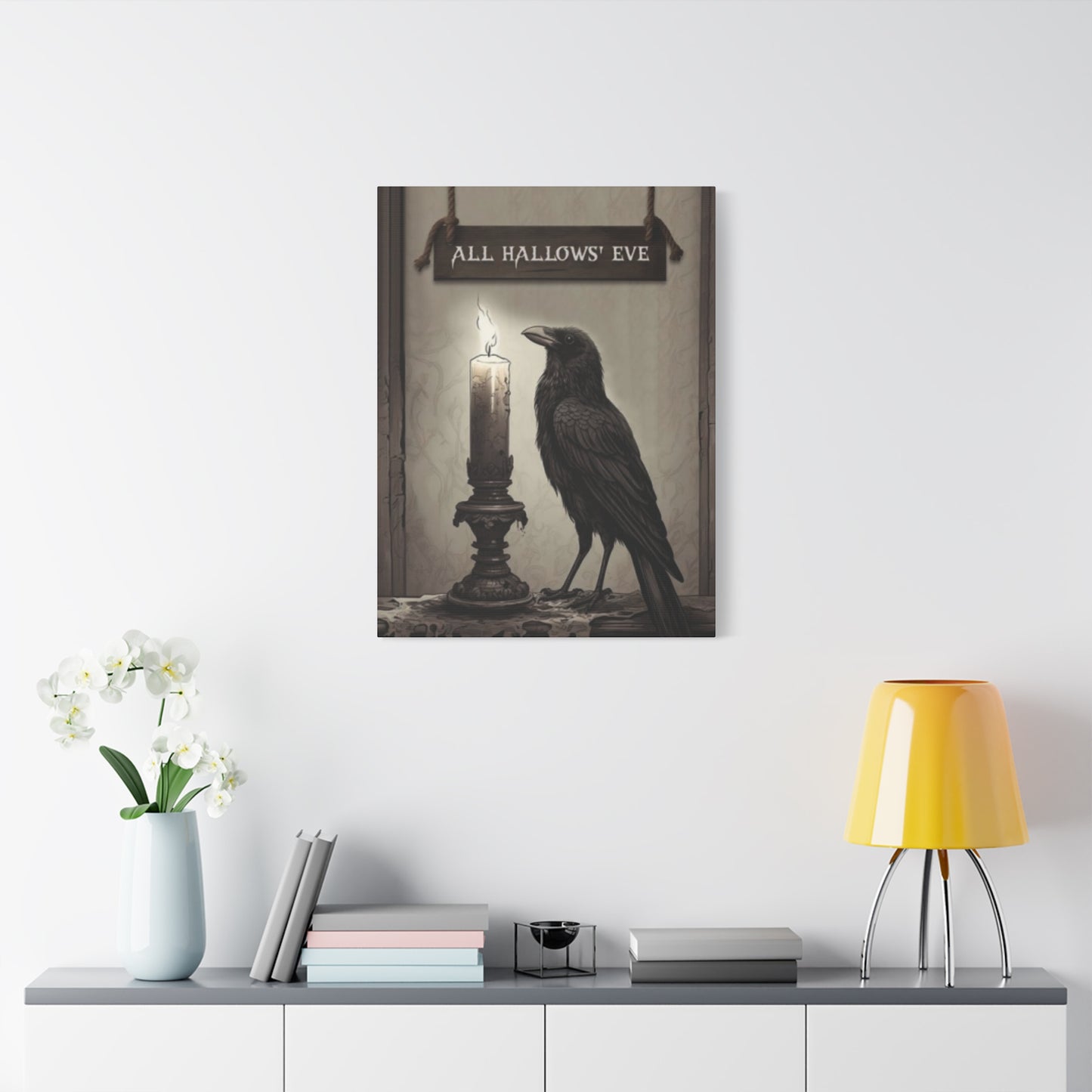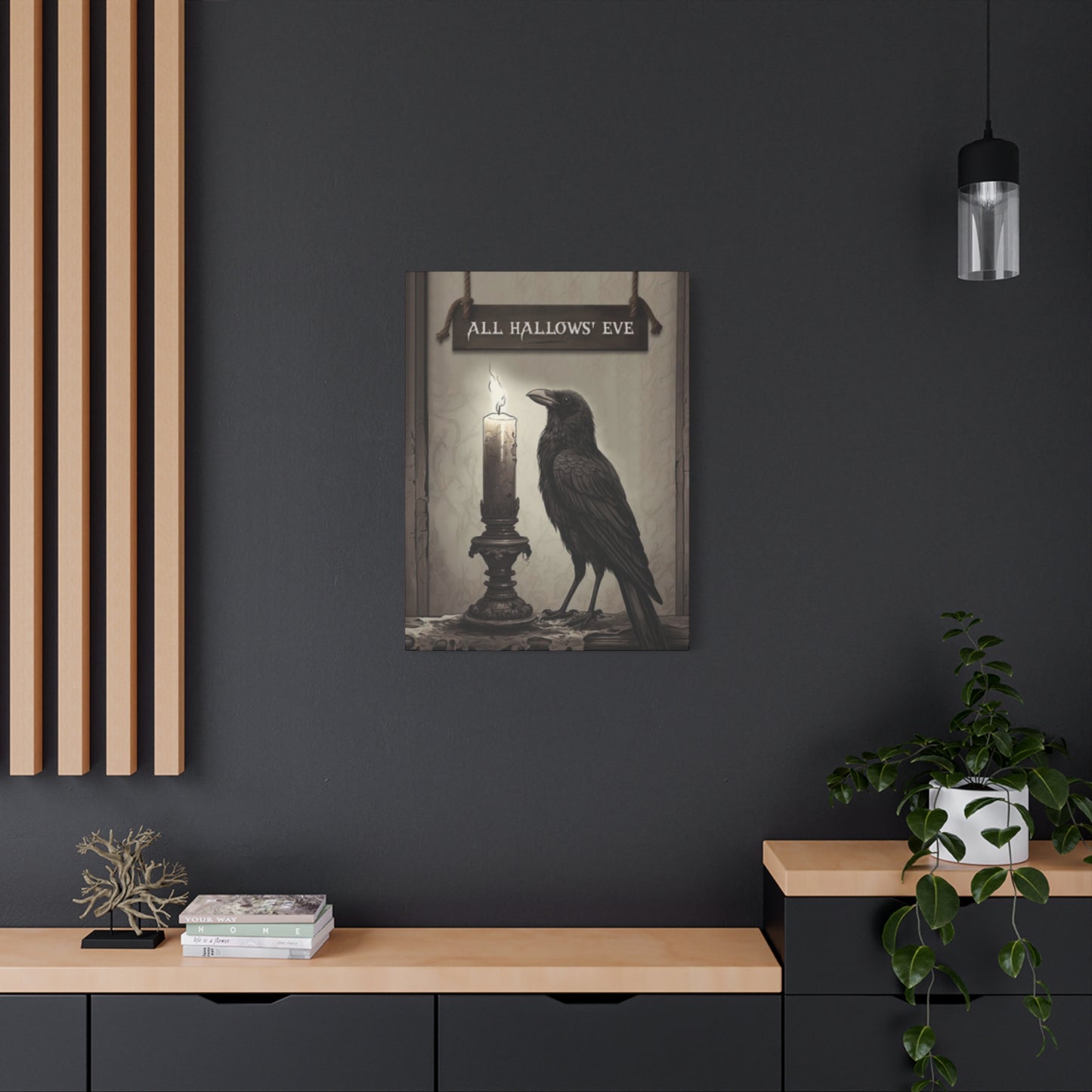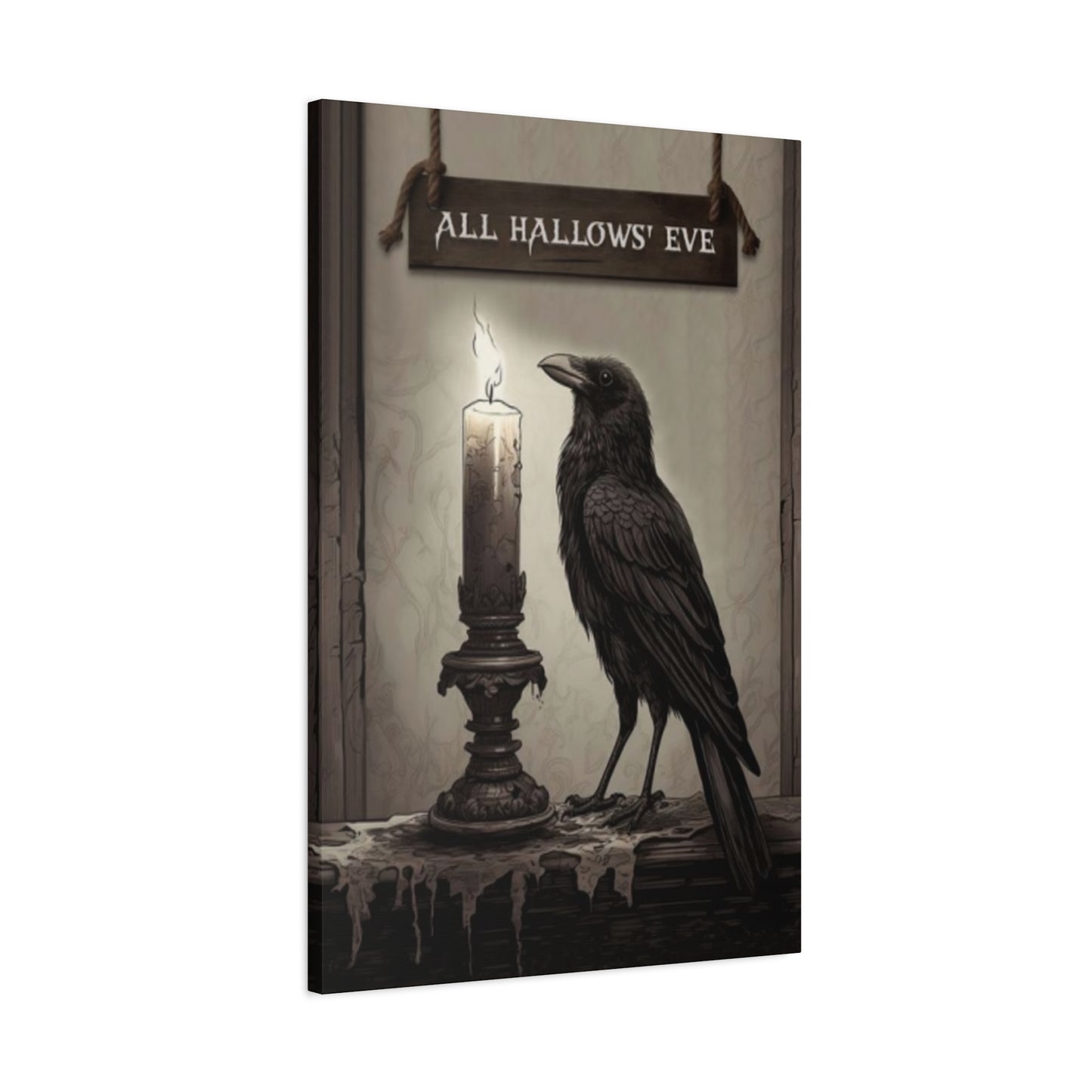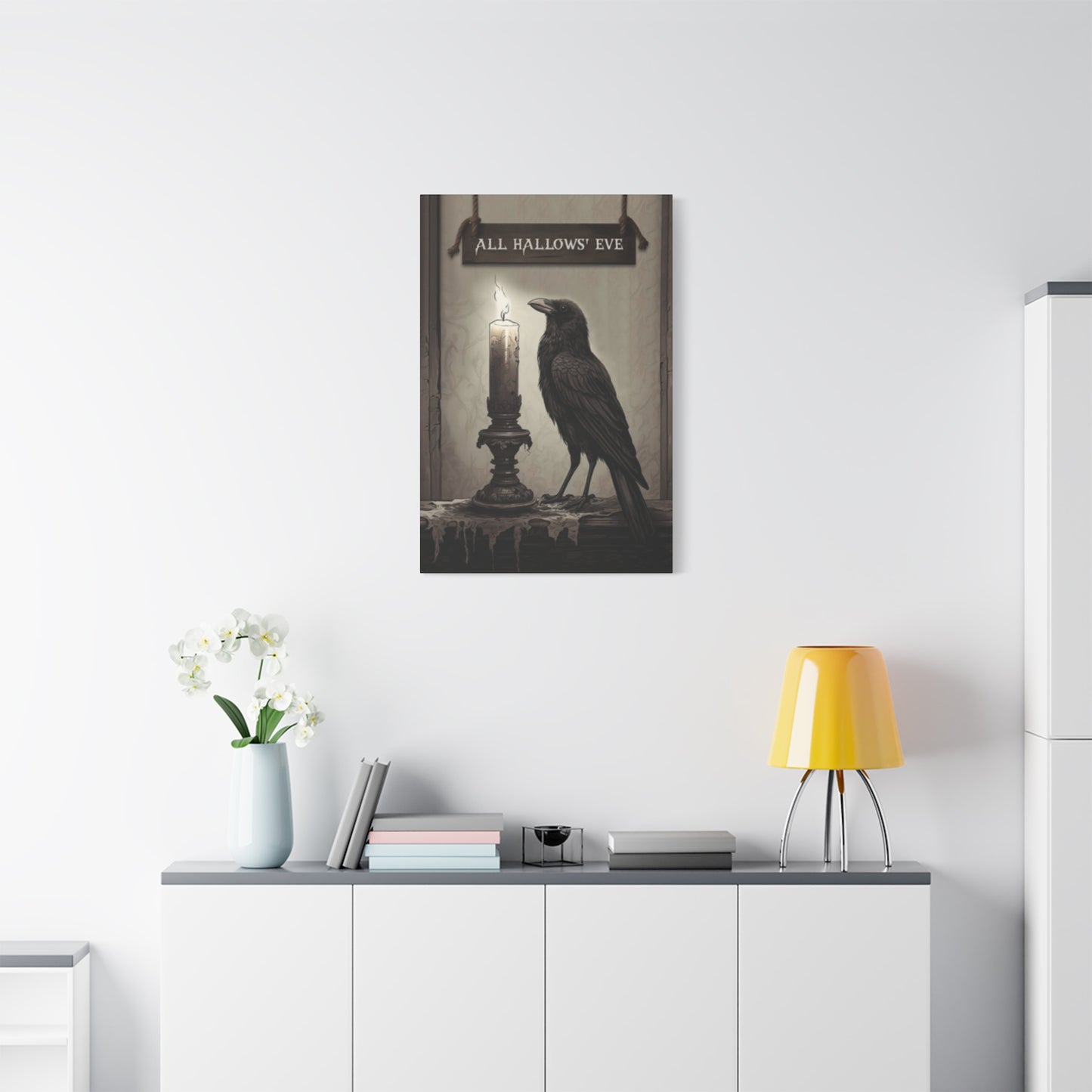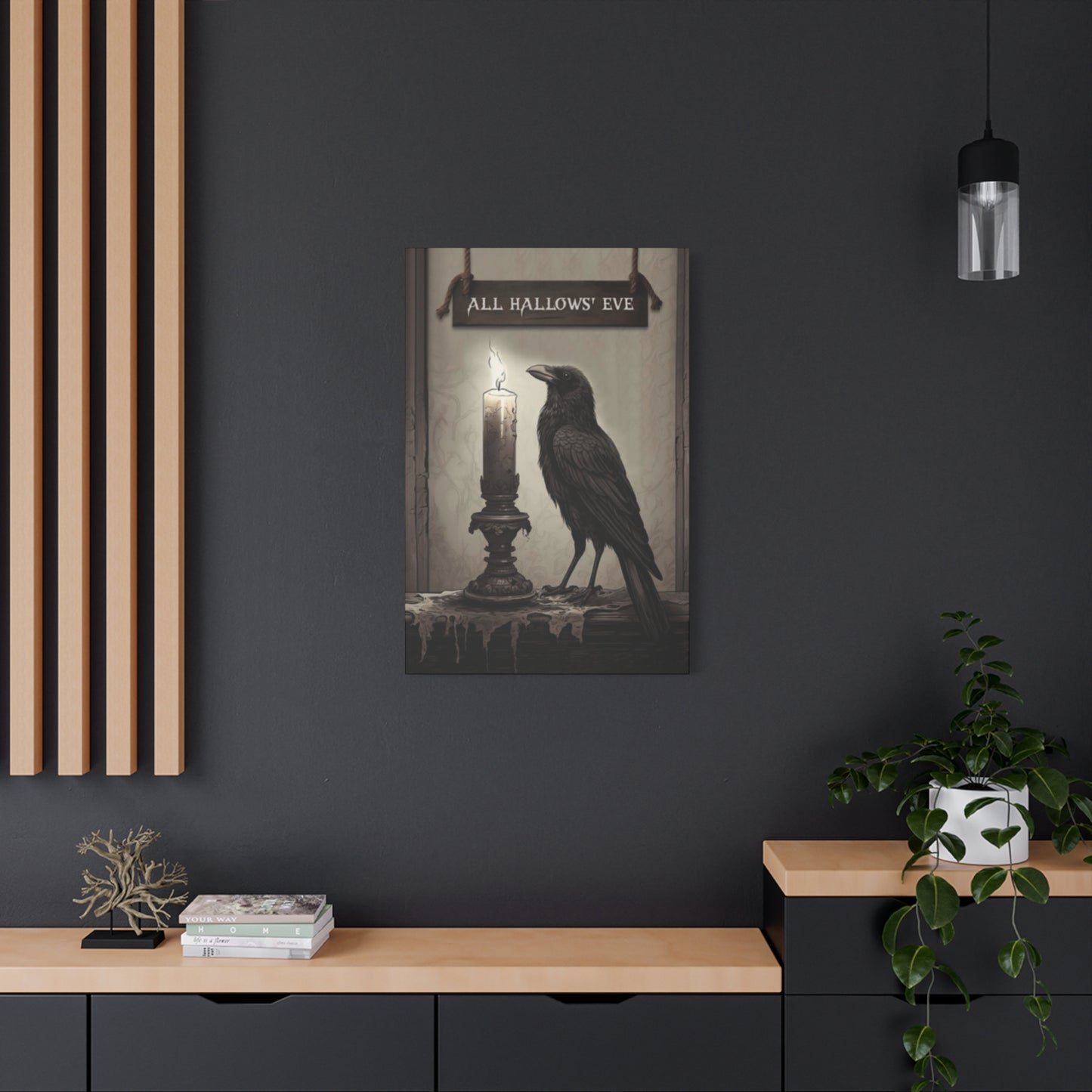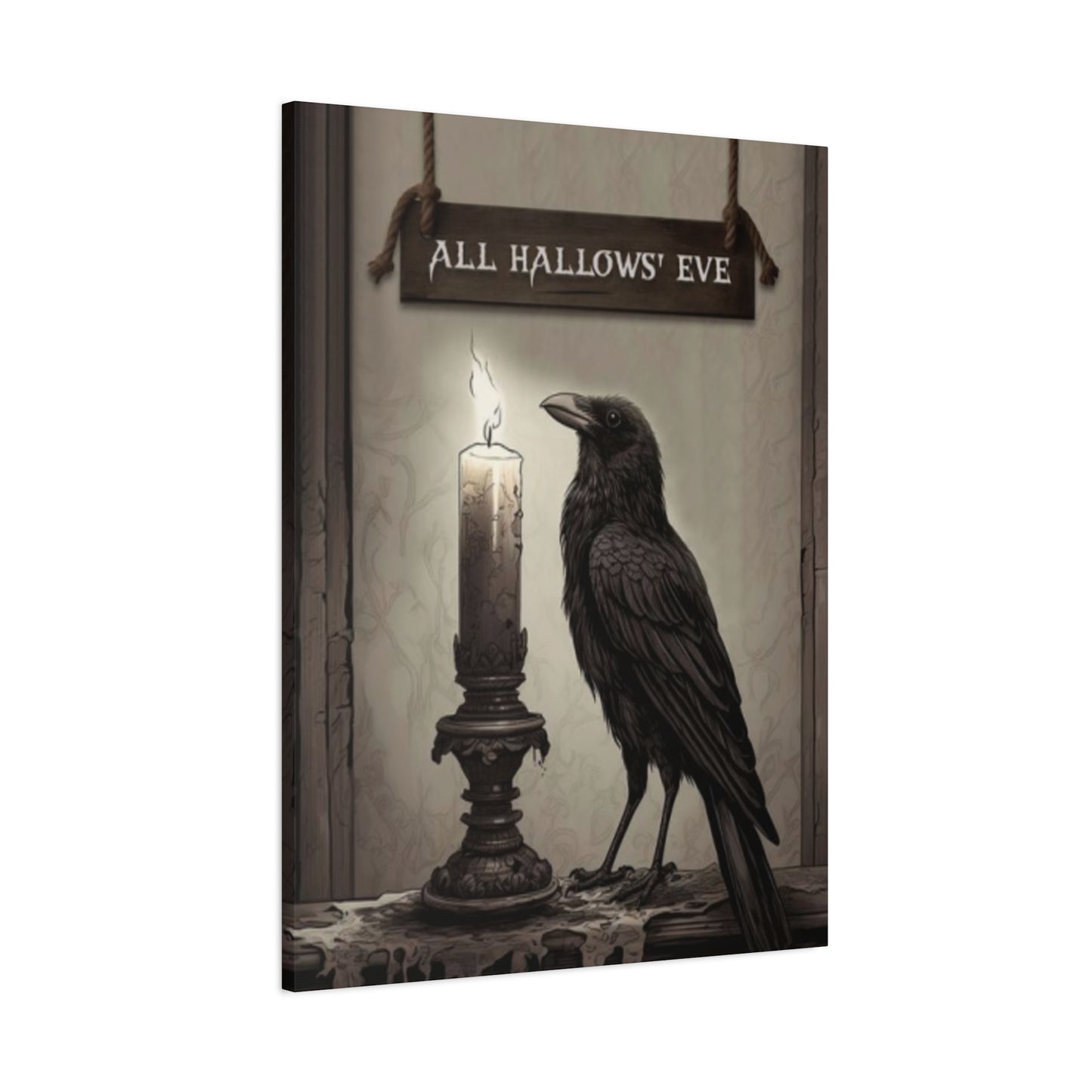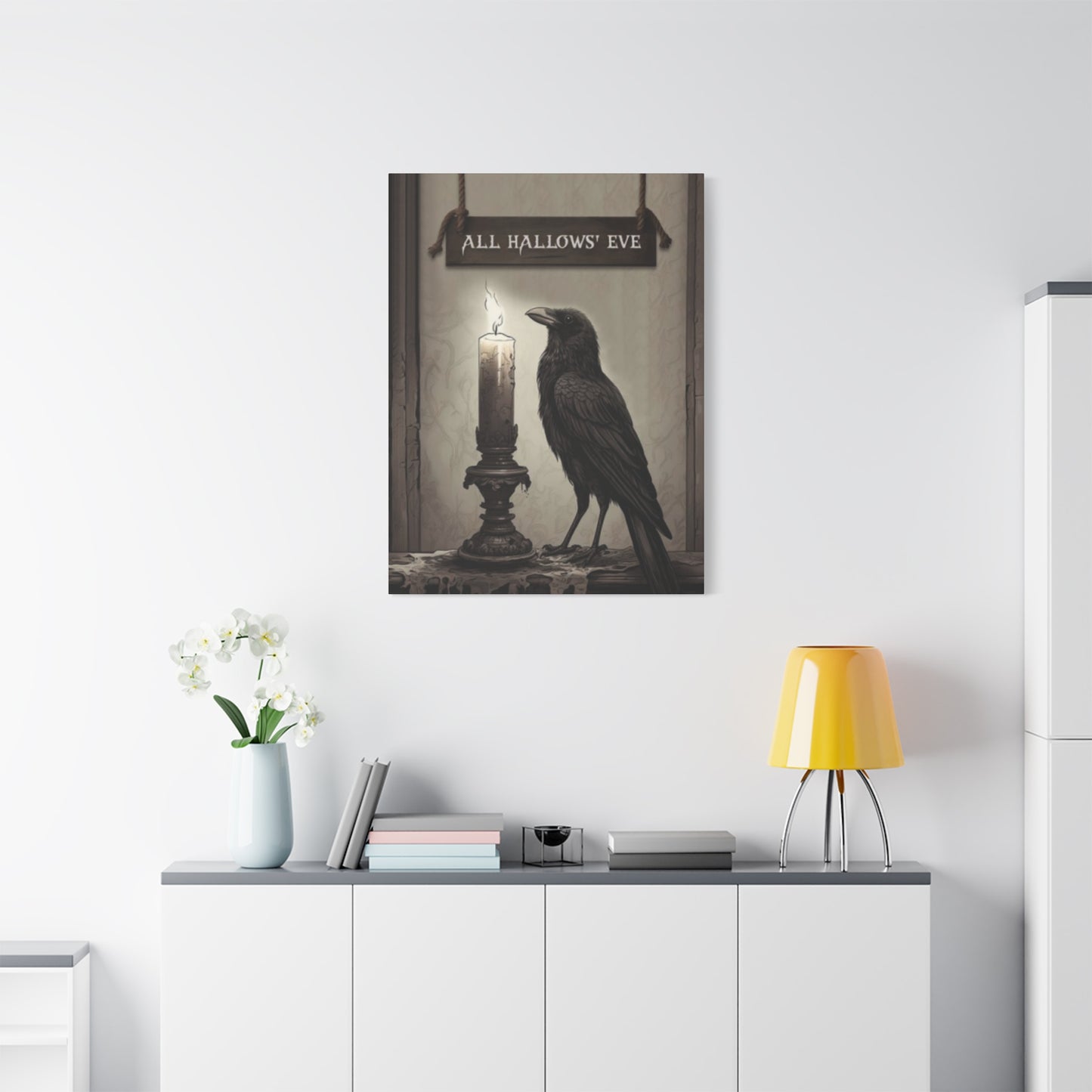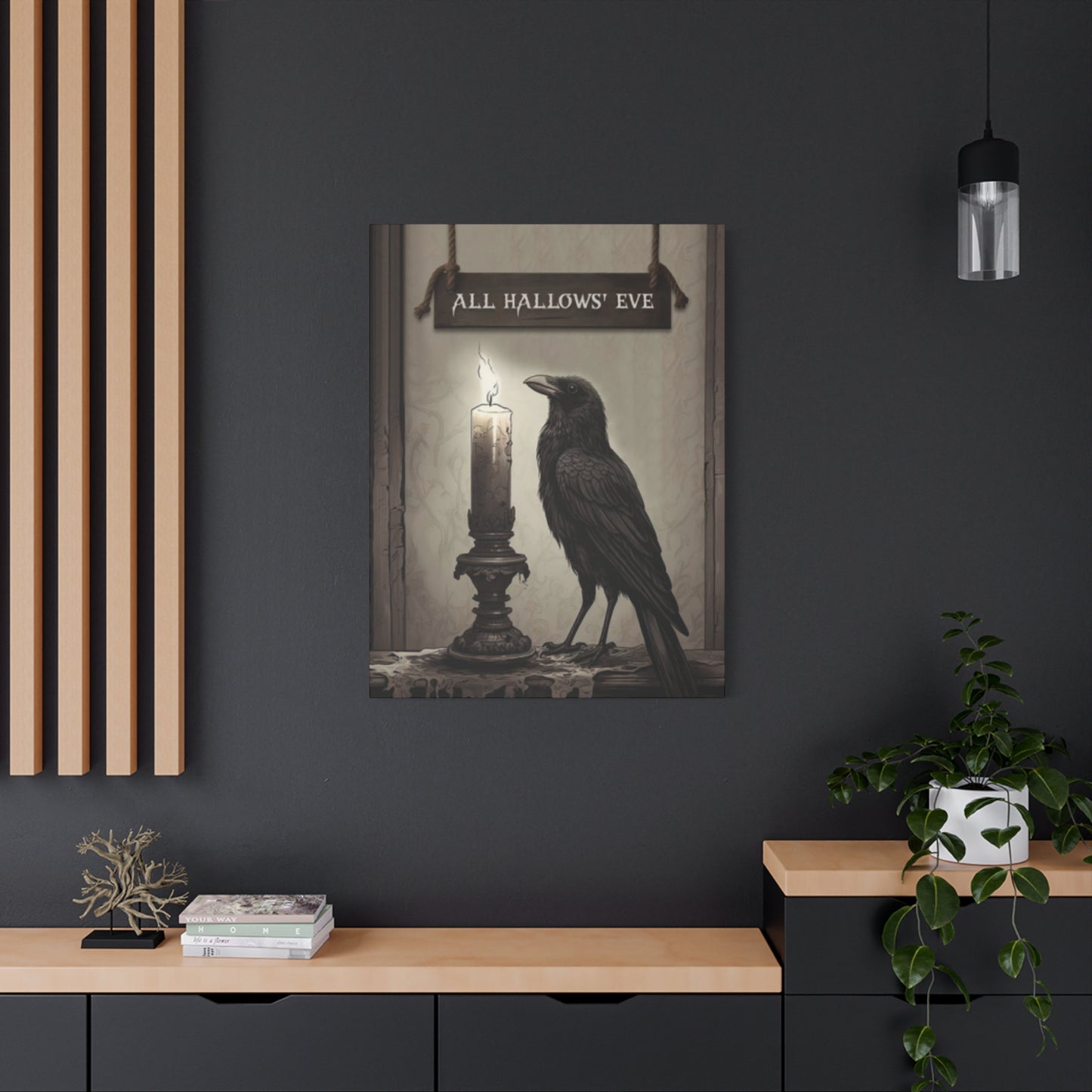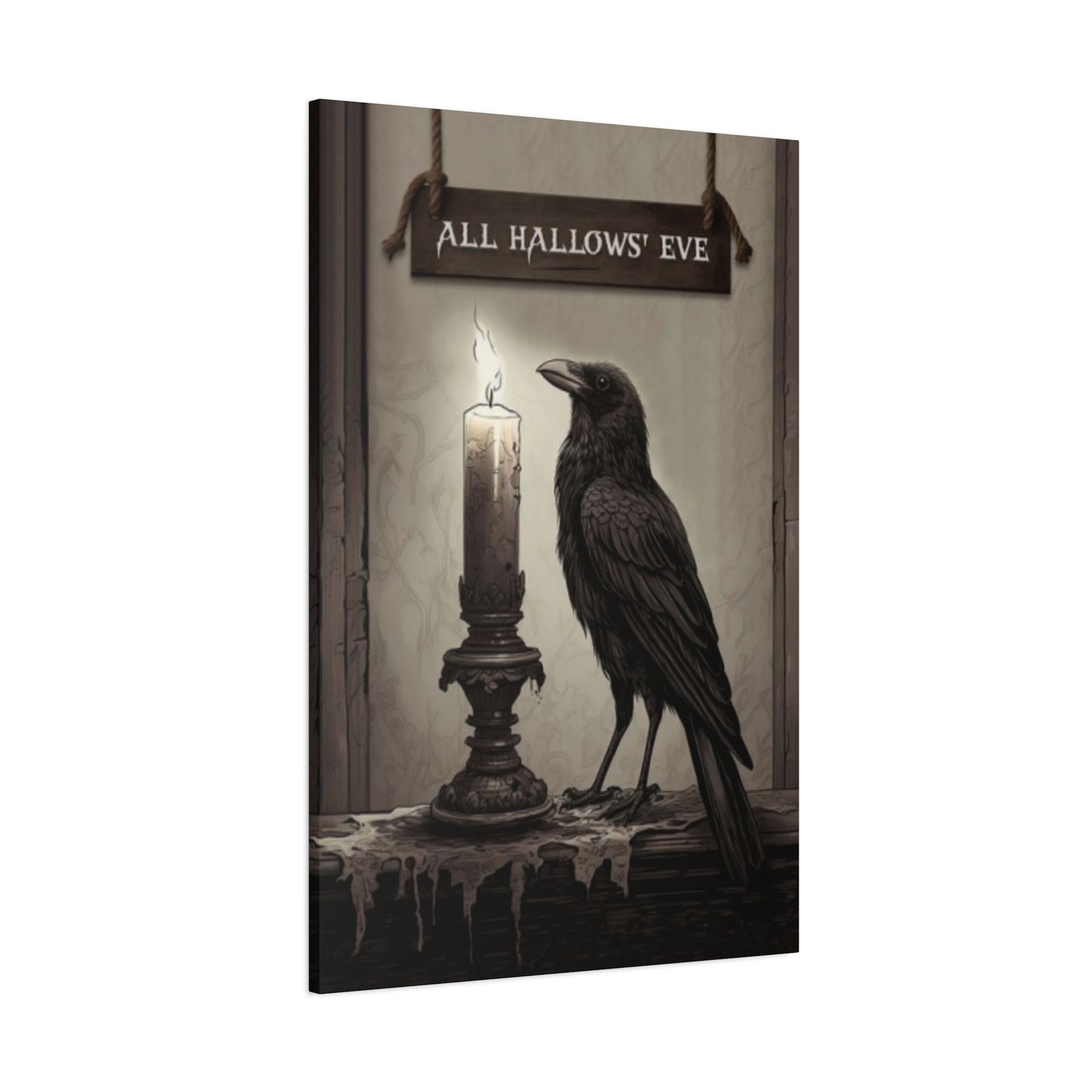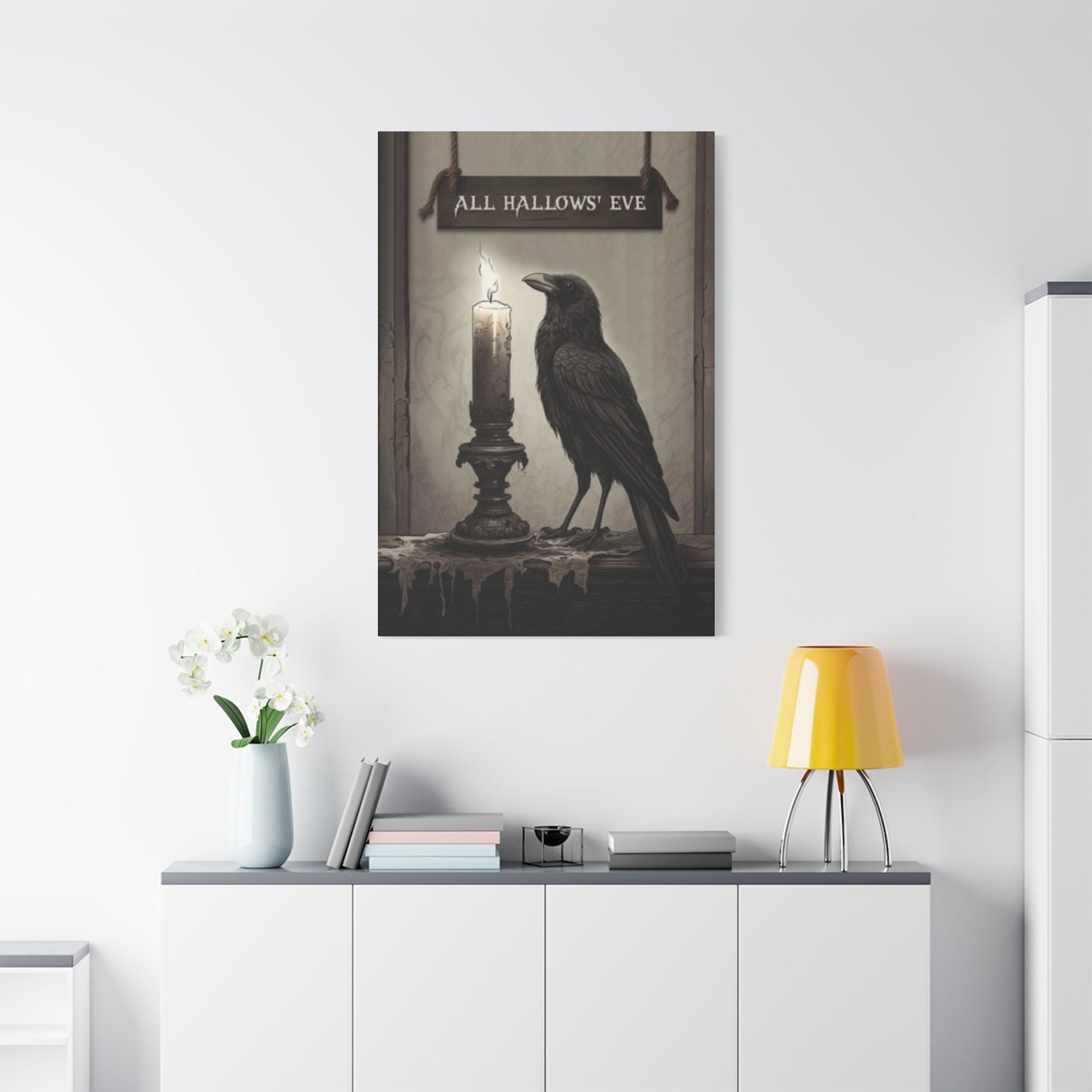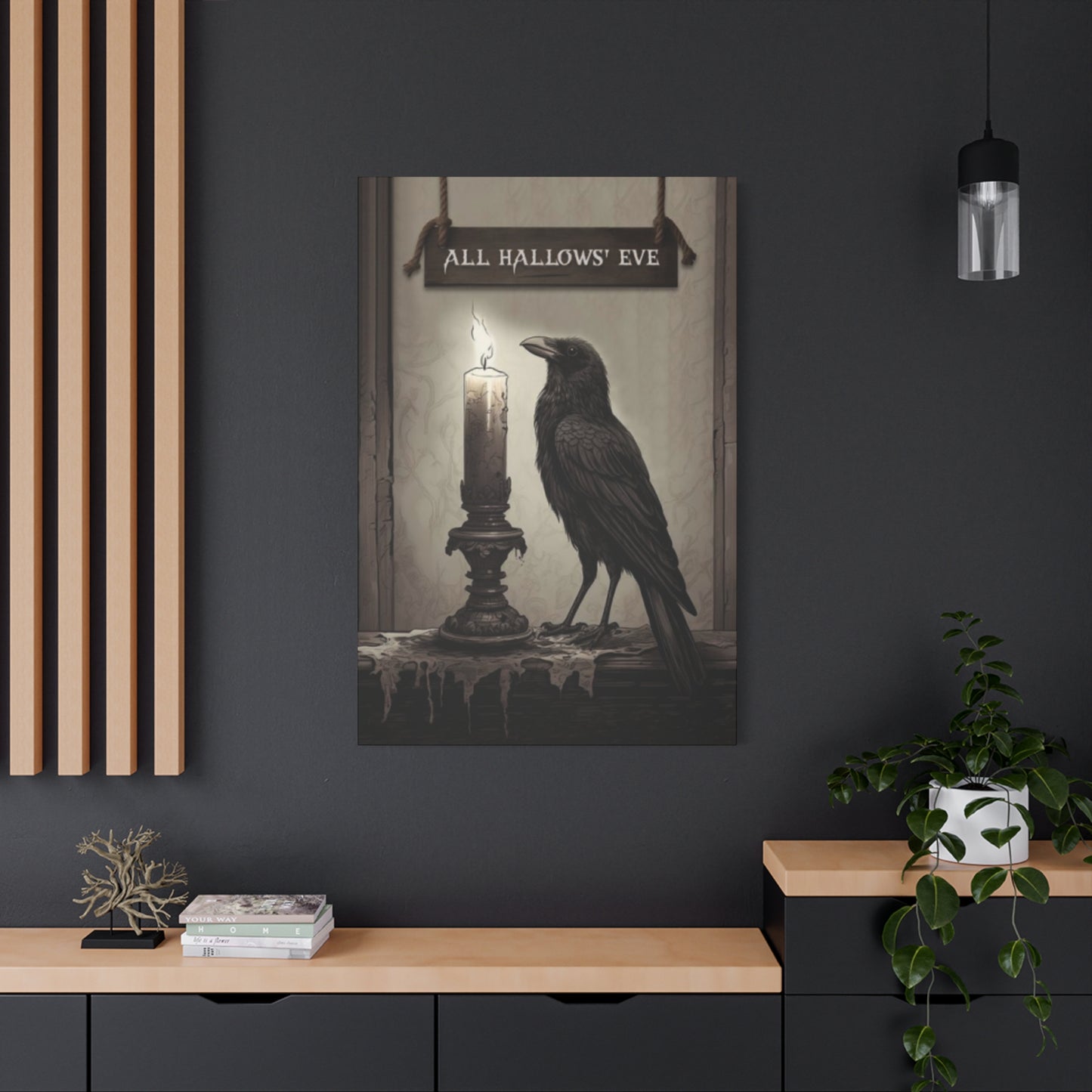Hallow-Eve Wall Art:Captivating Ways to Decorate Your Home
Hallow-Eve brings with it an irresistible charm that transforms ordinary homes into mystical sanctuaries filled with enchantment and wonder. The tradition of adorning our living environments with seasonal artwork has evolved dramatically over the years, creating opportunities for homeowners to express their creativity while embracing the magical atmosphere of this beloved autumn celebration. Wall art serves as one of the most impactful ways to capture the essence of Hallow-Eve, offering endless possibilities for personal expression and seasonal transformation.
The art of seasonal decoration has deep roots in human culture, with Hallow-Eve representing one of the most visually striking celebrations of the year. From ancient Celtic traditions to modern contemporary expressions, the visual elements associated with this mystical season have inspired countless artists, crafters, and homeowners to create stunning displays that capture the perfect balance between spookiness and sophistication. Whether you prefer subtle autumn touches or dramatic supernatural themes, the world of Hallow-Eve wall art offers something for every taste and preference.
Creating the perfect Hallow-Eve atmosphere through wall art requires thoughtful consideration of color schemes, artistic styles, and thematic elements that work harmoniously together. The beauty of seasonal artwork lies in its temporary nature, allowing homeowners to experiment with bold choices and creative expressions that might seem too adventurous for year-round display. This seasonal flexibility opens doors to artistic exploration and creative risk-taking that can result in truly memorable and impactful decorative schemes.
Trending Hallow-Eve Wall Art Styles
Contemporary Hallow-Eve wall art has evolved far beyond traditional jack-o'-lantern motifs, embracing sophisticated design elements that appeal to modern aesthetic sensibilities. Today's trending styles incorporate sleek geometric patterns, abstract interpretations of classic symbols, and innovative use of mixed media that creates depth and visual interest. The current movement toward minimalist aesthetics has influenced Hallow-Eve artwork, resulting in clean lines, strategic use of negative whiteness, and carefully curated color palettes that create maximum impact with minimal elements.
Botanical themes have gained significant popularity in recent years, with artists creating stunning pieces that feature autumn leaves, bare branches, and mysterious flora rendered in dramatic black silhouettes against vibrant backgrounds. These nature-inspired works capture the essence of the season while maintaining an elegant sophistication that works well in contemporary homes. The integration of metallic accents, particularly copper and gold, has become a signature element in modern Hallow-Eve art, adding warmth and luxury to seasonal displays.
Digital art and printable designs have revolutionized the accessibility of Hallow-Eve wall art, allowing homeowners to quickly and affordably update their seasonal decorations. High-quality digital prints featuring watercolor effects, hand-lettered typography, and artistic photography have become increasingly popular choices for those seeking professional-looking artwork without the expense of original pieces. The ability to customize colors, sizes, and text elements makes digital art particularly appealing for creating cohesive decorative schemes.
Vintage-inspired aesthetics continue to influence contemporary Hallow-Eve art, with artists drawing inspiration from Victorian mourning jewelry, antique botanical illustrations, and historical supernatural imagery. These pieces often feature sepia tones, aged textures, and classical typography that evokes the mysterious charm of bygone eras. The juxtaposition of vintage elements with modern presentation creates compelling visual narratives that appeal to collectors and casual decorators alike.
Mixed media approaches have gained traction among artists and crafters, combining traditional painting techniques with fabric elements, found objects, and three-dimensional components. These textural works add physical depth to wall displays and create engaging focal points that invite closer examination. The incorporation of natural materials like twigs, dried flowers, and fabric scraps creates authentic autumn atmosphere while demonstrating creative resourcefulness.
Creative Spooky Painting Concepts
The realm of spooky Hallow-Eve paintings offers endless opportunities for artistic expression, ranging from subtle atmospheric pieces to dramatically frightening compositions. Successful spooky artwork relies on masterful use of lighting effects, strategic color placement, and psychological elements that evoke emotional responses without becoming overwhelming or inappropriate for home display. The key lies in creating pieces that suggest mystery and intrigue rather than explicit horror, maintaining an air of sophisticated eeriness that enhances rather than dominates the living environment.
Atmospheric landscape paintings featuring moonlit scenes, foggy graveyards, and shadowy forests have become increasingly popular for their ability to create mood without relying on overtly frightening imagery. These works often employ muted color palettes dominated by deep purples, midnight blues, and silvery grays, creating mysterious ambiance through subtle gradations and careful attention to lighting effects. The suggestion of movement through techniques like dry brushing and layered glazes adds dynamic energy to static compositions.
Portrait work featuring mysterious figures, ethereal beings, and enigmatic characters provides opportunities for exploring psychological themes while maintaining artistic sophistication. These pieces often employ dramatic chiaroscuro techniques, creating strong contrasts between light and shadow that enhance the mysterious qualities of the subjects. The use of partial concealment, whether through shadows, fabric, or atmospheric effects, allows viewers to project their own interpretations onto the work while maintaining an air of intrigue.
Abstract interpretations of spooky themes offer sophisticated alternatives to literal representations, using color, form, and texture to evoke emotional responses without relying on recognizable imagery. These pieces might employ bold brushstrokes in deep, moody colors, layered textures that suggest age and mystery, or geometric patterns that create optical illusions and visual tension. The abstract approach allows for greater artistic freedom while creating pieces that work well with existing decor.
Silhouette-based compositions provide striking visual impact through the strategic use of negative and positive forms. These works might feature dramatic profiles of mysterious figures, intricate cut-paper designs, or layered shadow effects that create depth and movement. The contrast between dark silhouettes and lighter backgrounds creates bold graphic statements that work particularly well in modern and contemporary settings.
Do-It-Yourself Hallow-Eve Wall Painting Projects
Embarking on DIY Hallow-Eve wall painting projects provides an excellent opportunity to create personalized artwork while developing artistic skills and expressing individual creativity. The beauty of do-it-yourself projects lies in their flexibility and affordability, allowing creators to experiment with techniques, colors, and compositions without significant financial investment. Success in DIY painting projects depends on proper preparation, realistic goal-setting, and willingness to embrace the learning process as part of the creative journey.
Canvas preparation forms the foundation of successful DIY painting projects, regardless of the chosen technique or style. Proper priming ensures paint adhesion and color vibrancy while providing a smooth, consistent surface for artwork creation. Beginners should start with pre-primed canvases or canvas boards, which eliminate the preparation step and allow immediate focus on the painting process. The choice of canvas size should reflect both the intended display location and the creator's comfort level with larger compositions.
Acrylic paints offer the ideal medium for DIY Hallow-Eve projects due to their fast-drying properties, easy cleanup, and vibrant color options. Building a basic color palette with black, white, and a few key colors allows for extensive mixing possibilities while keeping initial costs reasonable. Essential colors for Hallow-Eve themes include deep purple, burnt orange, golden yellow, and various shades of gray, which can be mixed to create countless variations and subtle gradations.
Stenciling techniques provide an accessible entry point for beginners while offering sophisticated results when properly executed. Creating custom stencils using cardstock or plastic sheets allows for personalized designs that perfectly match individual preferences and existing decor. Layering multiple stencils can create complex compositions with professional-looking results, while strategic use of different paint techniques through the same stencil can add texture and visual interest.
Texture creation through various painting techniques adds depth and professional quality to DIY projects. Dry brushing techniques create aged, weathered effects perfect for vintage-inspired pieces, while stippling and sponging add organic textures that work well with natural themes. The use of palette knives instead of brushes can create bold, sculptural paint applications that add three-dimensional quality to flat surfaces.
Color blending mastery transforms amateur paintings into sophisticated artwork worthy of prominent display. Wet-on-wet blending techniques allow for smooth color transitions and atmospheric effects, while dry brush blending creates more controlled gradations. Understanding color temperature relationships helps create convincing lighting effects and atmospheric depth that elevate the overall quality of finished pieces.
Sophisticated Color Schemes for Autumn Artwork
The development of sophisticated color schemes for Hallow-Eve artwork requires understanding both traditional associations and contemporary aesthetic principles. While orange and black remain classic choices, expanding the palette to include complementary and analogous colors creates more nuanced and visually interesting compositions. Successful color schemes balance familiarity with innovation, creating pieces that clearly communicate seasonal themes while offering fresh visual experiences.
Monochromatic approaches using various shades and tints of a single color create elegant, cohesive compositions that work particularly well in refined settings. A monochromatic purple scheme might range from deep eggplant through lavender to pale lilac, creating subtle variations that maintain harmony while providing visual interest. These schemes often benefit from the addition of metallic accents or contrasting textures that prevent the composition from becoming monotonous.
Analogous color schemes utilize colors that are adjacent on the color wheel, creating harmonious relationships that feel natural and pleasing to the eye. A scheme combining deep red, burgundy, and purple creates rich, jewel-like effects perfect for sophisticated Hallow-Eve artwork. The subtle transitions between related colors create depth and movement while maintaining overall harmony and visual coherence.
Complementary color relationships create dynamic tension and visual excitement through the use of opposite colors on the color wheel. The classic orange and blue combination provides striking contrast while maintaining seasonal appropriateness, particularly when using muted or desaturated versions of these colors. Understanding the principles of color temperature helps artists use complementary relationships effectively without creating harsh or jarring effects.
Triadic color schemes employ three colors equally spaced around the color wheel, creating vibrant and balanced compositions with strong visual impact. A scheme using orange, green, and purple offers rich possibilities for Hallow-Eve themes while providing enough variety to create complex and interesting compositions. The key to successful triadic schemes lies in varying the saturation and value of the chosen colors to create hierarchy and prevent visual competition.
Neutral-based schemes incorporating warm grays, creams, and beiges provide sophisticated foundations for seasonal artwork that works well with existing decor. These palettes can be enhanced with strategic accent colors that provide seasonal context without overwhelming the composition. The subtlety of neutral schemes allows for greater emphasis on texture, form, and composition while maintaining seasonal relevance through carefully chosen accent elements.
Classic Vintage Hallow-Eve Artistic Styles
Vintage Hallow-Eve artistic styles draw inspiration from historical periods, traditional folk art, and antique decorative elements that evoke nostalgia and timeless appeal. These approaches often incorporate aged textures, classical typography, and traditional color palettes that create authentic period atmosphere while remaining relevant to contemporary decorative schemes. The challenge lies in balancing historical accuracy with modern sensibilities to create pieces that feel both authentic and fresh.
Victorian-era influences appear frequently in vintage Hallow-Eve artwork, reflecting the period's fascination with mortality, spiritualism, and elaborate decorative arts. These pieces often feature intricate black and white engravings, ornate borders, and Gothic typography that create dramatic and sophisticated compositions. The Victorian aesthetic embraces both beauty and darkness, making it particularly well-suited to Hallow-Eve themes that require elegant treatment of mysterious subjects.
Folk art traditions from various cultures provide rich sources of inspiration for vintage-style Hallow-Eve artwork. American folk art influences might include primitive painting techniques, simplified forms, and earthy color palettes that create authentic rural atmosphere. European folk traditions offer different aesthetic approaches, from Germanic woodcut styles to Scandinavian decorative painting techniques that can be adapted for seasonal themes.
Antique advertising and packaging design elements provide excellent source material for vintage-inspired Hallow-Eve artwork. The typography, color schemes, and graphic elements from early 20th-century commercial art create instantly recognizable vintage appeal while offering frameworks for contemporary content. These elements can be combined and reinterpreted to create original pieces that capture historical flavor while addressing current interests and preferences.
Botanical illustration styles from historical scientific texts and herbarium collections offer sophisticated approaches to natural Hallow-Eve themes. These pieces typically feature precise line work, subtle color washes, and classical composition principles that create educational and decorative appeal. The combination of scientific accuracy with artistic beauty makes these styles particularly appropriate for refined settings where overt spookiness might be inappropriate.
Aged and distressed finishing techniques transform contemporary artwork into convincing vintage pieces through the strategic application of aging effects. Tea staining, selective distressing, and crackle finishes create authentic vintage appearance while allowing complete creative control over the final aesthetic. These techniques can be applied to both traditional and digital artwork to achieve consistent vintage appeal across mixed media displays.
Contemporary Modern Hallow-Eve Artistic Approaches
Modern approaches to Hallow-Eve wall art embrace minimalism, geometric abstraction, and innovative material use to create sophisticated seasonal decorations that align with contemporary aesthetic principles. These styles often prioritize clean lines, strategic use of negative whiteness, and bold graphic elements that create maximum visual impact with minimal complexity. The challenge lies in maintaining seasonal relevance while adhering to modern design principles that emphasize simplicity and functionality.
Geometric interpretations of traditional Hallow-Eve symbols offer fresh perspectives on familiar themes through the application of mathematical precision and abstract thinking. A geometric pumpkin might be represented through a series of intersecting circles and angular forms that suggest the familiar shape while maintaining contemporary sophistication. These approaches often employ limited color palettes and precise execution that aligns with modern architectural and design sensibilities.
Typography-based artwork has gained significant popularity in contemporary Hallow-Eve art, using carefully selected fonts, letter spacing, and layout principles to create visually striking pieces that rely primarily on text elements. Modern typography offers extensive possibilities for creating seasonal atmosphere through font choices, from sleek sans-serif options that convey contemporary sophistication to hand-lettered styles that add organic warmth and personality.
Abstract expressionist techniques applied to Hallow-Eve themes create dynamic, emotionally resonant pieces that capture seasonal essence through color, form, and gestural mark-making rather than literal representation. These works might employ bold brushstrokes in seasonal colors, layered textures that suggest autumn atmospheres, or energetic compositions that convey the excitement and mystery associated with the celebration.
Digital art and computer-generated imagery have revolutionized contemporary Hallow-Eve artwork, offering possibilities for precision, replication, and manipulation that traditional media cannot match. Vector-based designs create crisp, scalable artwork perfect for various applications, while digital painting techniques allow for complex layering and effects that would be difficult to achieve through traditional methods. The accessibility of digital tools has democratized artistic creation while enabling new forms of creative expression.
Mixed media approaches combining traditional artistic techniques with contemporary materials and methods create innovative pieces that bridge historical and modern aesthetics. These works might incorporate acrylic paints with metallic leafing, digital prints with hand-painted accents, or traditional canvas with three-dimensional elements that create engaging textural contrasts and visual depth.
Hallow-Eve Art Solutions for Compact Living Areas
Creating impactful Hallow-Eve wall art in compact living areas requires strategic thinking about scale, placement, and multi-functional design elements that maximize visual impact while respecting spatial limitations. Small environments benefit from carefully curated artwork that serves multiple purposes, such as seasonal decoration that also functions as year-round art or pieces that can be easily stored and rotated throughout different seasons. The key lies in selecting or creating artwork that enhances rather than overwhelms limited wall areas.
Vertical compositions take advantage of wall height in compact rooms, drawing the eye upward and creating the illusion of greater spatial volume. Tall, narrow pieces or vertical arrangements of smaller works can make ceilings appear higher while providing substantial visual impact without consuming excessive horizontal wall areas. These compositions work particularly well in hallways, stairwells, and narrow wall sections that might otherwise be difficult to decorate effectively.
Multi-functional artwork serves dual purposes in small environments, combining seasonal decoration with practical elements like storage solutions, lighting features, or organizational systems. A Hallow-Eve-themed bulletin board might serve both decorative and functional purposes, while shadow boxes can display seasonal collectibles while protecting them from dust and damage. These approaches maximize the utility of every decorative element while maintaining seasonal atmosphere.
Gallery wall arrangements allow for significant visual impact through the strategic grouping of smaller pieces that individually consume minimal wall areas. These collections can be adjusted seasonally by substituting individual elements while maintaining the overall composition structure. The flexibility of gallery walls makes them ideal for renters or those who prefer to change their decorative schemes frequently throughout the year.
Removable wall treatments offer temporary decoration solutions that don't require permanent installation or damage to wall surfaces. Repositionable wall decals, temporary wallpaper panels, and magnetic backing systems allow for seasonal decoration changes without the commitment or expense of permanent installations. These solutions are particularly valuable in rental situations or for those who prefer frequent decorative updates.
Corner installations utilize often-overlooked areas to create impactful displays without consuming prime wall real estate. Corner-mounted shelving systems can display small seasonal artifacts and artwork while drawing attention to otherwise unused areas. These installations can be particularly effective in creating cozy, intimate atmosphere that enhances the mysterious qualities associated with Hallow-Eve themes.
Harmonious Pumpkin and Art Combinations
The integration of pumpkins with Hallow-Eve wall art creates cohesive seasonal displays that bridge two-dimensional artwork with three-dimensional decorative elements. Successful combinations require careful consideration of color relationships, scale proportions, and thematic consistency that creates unified rather than competing visual elements. The challenge lies in creating arrangements that feel intentional and sophisticated rather than simply accumulated or haphazardly placed.
Color coordination between artwork and pumpkin selections ensures visual harmony throughout seasonal displays. While traditional orange pumpkins work well with earth-tone artwork, the availability of white, blue-gray, and multi-colored pumpkin varieties offers opportunities for more sophisticated color schemes that align with contemporary aesthetic preferences. Coordinating the undertones of both elements creates subtle unity that elevates the overall sophistication of the display.
Scale relationships between wall art and pumpkin arrangements require careful consideration to avoid overwhelming or underwhelming effects. Large pumpkins can anchor substantial wall art installations, while smaller pumpkin varieties work better with delicate or detailed artwork that might be overshadowed by massive three-dimensional elements. Creating gradual size transitions between different elements prevents abrupt visual jumps that can disrupt the overall harmony of the arrangement.
Lighting integration enhances both artwork and pumpkin displays through strategic illumination that creates atmosphere and highlights important design elements. Battery-operated LED strings can illuminate carved pumpkins while providing ambient lighting for nearby artwork. Directional spotlights can emphasize texture and detail in both two and three-dimensional elements while creating dramatic shadow effects that enhance the mysterious atmosphere.
Textural contrasts between smooth artwork surfaces and the natural roughness of pumpkin skin create engaging sensory experiences that invite closer examination. These contrasts can be enhanced through the selection of artwork with varying texture qualities, from smooth digital prints to heavily textured paint applications that echo or complement the natural surface qualities of pumpkins.
Thematic integration ensures that both artwork and pumpkin elements contribute to a cohesive narrative or aesthetic message rather than simply existing in the same area. Abstract artwork might be paired with artistically carved or painted pumpkins that echo similar design elements, while realistic paintings might be complemented by natural pumpkin arrangements that reinforce the organic themes present in the artwork.
Professional Framing Solutions for Seasonal Art
Professional framing elevates Hallow-Eve artwork from craft projects to sophisticated decorative elements worthy of prominent display throughout the season and beyond. Quality framing not only protects artwork from damage but also enhances its visual impact through thoughtful selection of matting, frame styles, and glass options that complement both the artwork and the surrounding decor. Investment in proper framing allows seasonal pieces to be stored safely and reused year after year, making it a cost-effective approach to building a collection of quality seasonal decorations.
Frame selection significantly impacts the overall appearance and perceived value of Hallow-Eve artwork, with different styles conveying various aesthetic messages. Traditional ornate frames might be appropriate for vintage-inspired pieces, while sleek contemporary frames better serve modern minimalist artwork. The frame should enhance rather than compete with the artwork while maintaining consistency with the overall decorative scheme of the display area.
Matting choices provide opportunities to introduce additional colors, create visual breathing room around artwork, and establish professional presentation standards. Double matting with contrasting colors can add depth and sophistication while highlighting specific color elements within the artwork. The width of matting borders should be proportionate to both the artwork size and the frame dimensions, with larger pieces generally benefiting from wider matting that provides adequate visual separation.
Glass and glazing options protect artwork while influencing its visual presentation through reflection control and UV protection. Museum-quality glazing eliminates virtually all reflections while providing maximum protection from fading and environmental damage. Anti-reflective glass options reduce glare without the premium cost of museum glazing, making them suitable for most residential applications where lighting control may be limited.
Custom framing allows for perfect integration of unusual sizes, mixed media elements, and specific aesthetic requirements that standard frame sizes cannot accommodate. Professional framers can create shadow boxes for three-dimensional elements, accommodate irregular artwork shapes, and provide specialized mounting techniques that ensure long-term preservation of valuable pieces. The investment in custom framing is often justified by the increased versatility and longevity of properly mounted artwork.
Conservation framing techniques ensure the long-term preservation of valuable or sentimental artwork through the use of archival materials and proper mounting methods. Acid-free matting, archival mounting techniques, and museum-quality glazing prevent deterioration and damage that can occur over time with standard framing approaches. These techniques are particularly important for original artwork, limited edition prints, or pieces with significant sentimental value.
Weather-Resistant Outdoor Hallow-Eve Art Applications
Extending Hallow-Eve artistic displays to outdoor environments creates opportunities for larger-scale impact while welcoming guests and passersby with seasonal atmosphere. Outdoor artwork must withstand weather conditions including rain, wind, temperature fluctuations, and UV exposure while maintaining visual appeal throughout the season. Success requires careful material selection, proper installation techniques, and consideration of maintenance requirements that ensure longevity and continued attractiveness.
Weather-resistant materials form the foundation of successful outdoor Hallow-Eve art installations, with choices including marine-grade plywood, aluminum composite panels, and specialized outdoor paints designed to withstand environmental exposure. These materials maintain their appearance and structural integrity through temperature cycles and moisture exposure that would quickly damage standard indoor artwork materials. Proper surface preparation and sealing techniques further enhance durability and appearance retention.
UV-resistant finishing products protect outdoor artwork from the fading and degradation caused by prolonged sun exposure. Specialized outdoor varnishes and sealers contain UV inhibitors that preserve color vibrancy while providing barrier protection against moisture and temperature fluctuations. Multiple coat applications and periodic maintenance ensure continued protection throughout multiple seasons of use.
Mounting and installation systems for outdoor artwork must account for wind loads, thermal expansion, and potential vandalism or theft concerns. Secure mounting hardware designed for exterior use prevents artwork displacement during severe weather while allowing for thermal movement that prevents stress-related damage. Tamper-resistant fasteners and strategic placement can deter theft while maintaining accessibility for maintenance and seasonal storage.
Drainage and ventilation considerations prevent moisture accumulation behind outdoor artwork that could lead to warping, mildew, or premature deterioration. Proper mounting techniques create air gaps that allow moisture evaporation while preventing direct water contact with sensitive materials. Strategic placement under overhangs or covered areas provides additional protection without completely eliminating outdoor visibility and impact.
Seasonal storage and maintenance protocols extend the useful life of outdoor Hallow-Eve artwork while ensuring optimal appearance each season. Proper cleaning techniques remove environmental contaminants without damaging protective finishes, while systematic inspection identifies potential problems before they become serious damage. Climate-controlled storage during off-seasons prevents deterioration and allows for any necessary repairs or refinishing.
Folklore-Inspired Hallow-Eve Artistic Themes
Drawing inspiration from folklore traditions creates Hallow-Eve artwork with deep cultural resonance and timeless appeal that transcends contemporary trends. Folklore-based themes connect modern celebrations with historical traditions while offering rich visual vocabulary that can be interpreted through various artistic styles and techniques. These approaches often provide educational opportunities alongside decorative appeal, creating conversation pieces that engage viewers with cultural heritage and storytelling traditions.
Celtic mythology provides extensive source material for Hallow-Eve artwork, with themes including ancient Samhain traditions, mystical creatures, and seasonal symbolism that directly relates to modern Hallow-Eve celebrations. Artistic interpretations might feature spiral patterns, knotwork designs, and natural elements like oak leaves and acorns that carry specific cultural meanings. These elements can be rendered in traditional Celtic artistic styles or interpreted through contemporary approaches that maintain cultural respect while offering fresh visual experiences.
European folk traditions offer diverse artistic vocabulary ranging from Germanic winter festivals to Scandinavian harvest celebrations that share thematic elements with Hallow-Eve observances. Artwork might incorporate traditional craft techniques, historical color palettes, and symbolic elements that create authentic cultural atmosphere while remaining accessible to contemporary audiences. These approaches often benefit from research into specific regional traditions to ensure accuracy and cultural sensitivity.
Native American seasonal traditions provide respectful source material for autumn-themed artwork when approached with appropriate cultural sensitivity and acknowledgment. Themes might include harvest celebrations, seasonal transition ceremonies, and natural symbolism that honors indigenous wisdom while creating meaningful decorative elements. These interpretations require careful research and cultural awareness to avoid appropriation while acknowledging the valuable perspectives these traditions offer.
International folklore traditions from Asian, African, and South American cultures offer alternative perspectives on seasonal transitions and supernatural themes that can enrich Hallow-Eve artistic vocabulary. These influences might introduce different color palettes, symbolic elements, and artistic techniques that create unique fusion approaches while respecting cultural origins. Cross-cultural exploration can lead to innovative artistic solutions that broaden understanding while creating distinctive decorative elements.
Mythological creatures from various traditions provide compelling subject matter for Hallow-Eve artwork that extends beyond typical imagery while maintaining supernatural themes. These might include creatures from Greek mythology, Scandinavian folklore, or Slavic traditions that offer rich visual possibilities and storytelling potential. Artistic interpretation of mythological subjects allows for creative freedom while connecting with deep cultural narratives that resonate across different backgrounds.
Minimalist Approaches to Seasonal Wall Decor
Minimalist Hallow-Eve wall art embraces the principle that less can indeed be more, creating sophisticated seasonal atmosphere through careful editing, strategic placement, and emphasis on quality over quantity. This approach appeals to contemporary aesthetic sensibilities that value clean lines, uncluttered environments, and thoughtful curation over abundant decoration. Success in minimalist seasonal decorating requires developing an eye for essential elements while eliminating unnecessary visual complexity.
Single statement pieces can provide substantial seasonal impact in minimalist settings through careful selection of artwork that embodies multiple Hallow-Eve themes within one well-executed composition. These pieces typically feature bold graphics, sophisticated color relationships, and professional execution that commands attention while maintaining aesthetic restraint. The investment in one high-quality piece often provides better visual results than multiple lesser works that compete for attention.
Negative whiteness utilization creates visual breathing room that allows individual decorative elements to achieve maximum impact without visual competition. Minimalist compositions often derive their power from the strategic use of empty wall areas that frame and emphasize selected artwork while creating calm, uncluttered environments. Understanding the balance between decorated and undecorated areas is crucial for successful minimalist seasonal decoration.
Color restraint in minimalist Hallow-Eve artwork typically involves limiting palettes to two or three carefully selected colors that work harmoniously together while providing sufficient contrast for visual interest. Monochromatic schemes using various values of single colors create sophisticated unity while allowing for subtle variation and depth. The strategic use of metallic accents can provide sparkle and luxury without violating minimalist principles.
Geometric simplification of traditional Hallow-Eve imagery creates modern interpretations that maintain seasonal relevance while aligning with minimalist aesthetic principles. Abstract representations of pumpkins, leaves, or seasonal symbols can convey thematic content through simplified forms that integrate seamlessly with contemporary decor. These approaches often rely on strong shapes and clean execution rather than detailed representation.
Quality emphasis in minimalist approaches prioritizes superior materials, professional execution, and timeless design over temporary or disposable decorative elements. Investment in well-made pieces that can be used season after season provides better long-term value while reducing visual clutter and storage requirements. This philosophy aligns with sustainable decorating principles that emphasize durability and reusability over constant replacement.
Thoughtful Hallow-Eve Artwork Gift Concepts
Hallow-Eve artwork makes exceptional gifts that combine seasonal relevance with lasting decorative value, offering recipients opportunities to enhance their seasonal celebrations while building art collections that can be enjoyed year after year. Successful gift selection requires understanding the recipient's decorative preferences, living situation, and cultural approach to seasonal celebration. The personal nature of artwork gifts makes them particularly meaningful while offering givers opportunities to express creativity and thoughtfulness.
Personalized artwork incorporating names, dates, or specific personal references creates unique gifts that cannot be purchased elsewhere while demonstrating thoughtful consideration of the recipient's individual preferences. Custom pieces might feature family names in seasonal typography, significant dates integrated into decorative designs, or personal symbols that hold special meaning for the recipient. These personalized elements transform standard seasonal artwork into treasured keepsakes.
Scale considerations ensure that gifted artwork will be appropriate for the recipient's living situation and display preferences. Smaller pieces work well for recipients with limited wall areas or those who prefer subtle seasonal decoration, while larger works might be appropriate for those who enjoy dramatic seasonal transformations. Understanding the recipient's decorative style and spatial limitations prevents gift-giving mistakes that result in unused or unwanted items.
Framing decisions significantly impact both the immediate gift presentation and the long-term utility of artwork gifts. Ready-to-hang pieces eliminate recipient burden while ensuring immediate usability, though frame selection should align with the recipient's decorative preferences rather than the giver's tastes. Alternatively, unframed pieces allow recipients to select their own framing while keeping gift costs reasonable and ensuring perfect integration with existing decor.
Skill level considerations apply when gifting DIY artwork kits or supplies that allow recipients to create their own seasonal decorations. Beginner-appropriate projects should include clear instructions, all necessary materials, and realistic expectations for completion time and skill requirements. Advanced crafters might appreciate more challenging projects or high-quality supplies that support their existing artistic endeavors.
Cultural sensitivity ensures that artwork gifts align with the recipient's comfort level regarding supernatural themes, religious considerations, and cultural traditions. Some individuals prefer subtle autumn themes over explicit Hallow-Eve imagery, while others embrace the full range of spooky symbolism. Understanding these preferences prevents gift-giving awkwardness while ensuring that recipients will genuinely appreciate and use their seasonal artwork.
Strategic Display Techniques for Seasonal Art
Effective display of Hallow-Eve artwork requires understanding principles of visual hierarchy, lighting effects, and spatial relationships that create cohesive and impactful presentations. Strategic placement transforms individual pieces into compelling compositions that enhance both the artwork and the surrounding environment. Success depends on considering viewing angles, traffic patterns, and existing architectural elements that influence how artwork is perceived and appreciated.
Height placement significantly impacts artwork visibility and visual relationships within room environments. Eye-level positioning typically provides optimal viewing conditions, though this standard may need adjustment based on furniture arrangements, ceiling heights, and intended viewing distances. Gallery professionals typically hang artwork with centers at 57-60 inches from the floor, though home environments may require modifications based on specific circumstances and preferences.
Lighting design enhances artwork appreciation while creating atmospheric effects that support seasonal themes. Track lighting, picture lights, and strategically placed lamps can highlight artwork textures and colors while creating dramatic shadow effects that enhance mysterious Hallow-Eve atmosphere. Dimmable lighting systems allow for atmospheric adjustment throughout different times of day and various activities.
Grouping strategies create visual relationships between multiple pieces while establishing focal points and movement patterns that guide viewer attention throughout the display area. Symmetrical arrangements provide formal balance appropriate for traditional settings, while asymmetrical groupings create dynamic tension suitable for contemporary environments. Consistent spacing between pieces prevents visual confusion while maintaining individual artwork integrity.
Background considerations ensure that wall colors, textures, and patterns support rather than compete with displayed artwork. Neutral backgrounds typically provide optimal support for seasonal artwork with bold colors or complex compositions, while textured walls might complement simpler pieces that benefit from added visual interest. Understanding these relationships prevents display problems that diminish artwork impact.
Seasonal rotation systems allow for efficient storage and display changes that keep seasonal decorations fresh while maximizing artwork utility. Standardized hanging systems facilitate quick changes while ensuring consistent placement and alignment. Planning rotation schedules ensures that stored artwork remains in good condition while providing variety that prevents seasonal decoration fatigue.
Luminescent Glow-in-the-Dark Hallow-Eve Creations
Glow-in-the-dark Hallow-Eve artwork adds mysterious luminescent qualities that transform ordinary pieces into magical experiences that continue to enchant viewers long after lights are dimmed. These special effects require understanding of phosphorescent materials, charging requirements, and design principles that maximize the impact of glowing elements while maintaining daytime visual appeal. Success depends on balancing visible and invisible design elements that work effectively under both illuminated and darkened conditions.
Phosphorescent paint selection significantly impacts both the intensity and duration of glow effects, with professional-grade materials providing superior performance compared to craft-store alternatives. High-quality phosphorescent pigments charge more quickly and maintain their glow longer while providing brighter luminescence that remains visible for extended periods. Understanding charge requirements and optimal application techniques ensures maximum effectiveness of glow-in-the-dark elements.
Design integration requires careful consideration of which elements should glow and which should remain visible only under normal lighting conditions. Strategic use of glow effects can reveal hidden design elements, create shifting compositions, or emphasize specific symbolic elements that enhance Hallow-Eve themes. Overuse of glowing elements can create confusion or reduce the impact of the special effects through visual overload.
Application techniques for phosphorescent materials vary depending on the substrate, desired effect intensity, and permanence requirements. Brush application allows for precise control and detailed work, while stenciling creates sharp edges and consistent coverage. Layering techniques can create varied intensity levels within single compositions while spray applications provide smooth, even coverage for larger areas.
Charging optimization ensures that glow-in-the-dark elements achieve maximum luminescence through proper exposure to light sources before viewing. Natural sunlight provides excellent charging, though artificial lights can also activate phosphorescent materials effectively. Understanding charge duration and fade patterns helps viewers optimize their experience with glowing artwork while managing expectations for performance longevity.
Safety considerations apply particularly when creating glow-in-the-dark artwork for children's environments, requiring non-toxic materials and secure application methods that prevent accidental ingestion or contact with sensitive skin. Professional-grade phosphorescent paints typically offer superior safety profiles compared to novelty products while providing better performance and longevity for serious artistic applications.
Child-Friendly Hallow-Eve Room Decorations
Creating Hallow-Eve artwork for children's environments requires balancing seasonal excitement with age-appropriate content that enhances rather than frightens young viewers. Successful children's seasonal artwork emphasizes fun, creativity, and gentle mystery while avoiding imagery that might cause nightmares or excessive anxiety. The goal is to introduce children to seasonal traditions while maintaining comfort and security in their personal environments.
Age-appropriate imagery selection ensures that Hallow-Eve artwork enhances rather than undermines children's comfort in their own rooms. Friendly ghost figures, smiling jack-o'-lanterns, and cartoon-style creatures provide seasonal atmosphere without frightening content. Nature-based themes featuring autumn leaves, harvest imagery, and woodland creatures offer alternative approaches that maintain seasonal relevance while avoiding supernatural elements that some children find disturbing.
Interactive elements transform static artwork into engaging experiences that encourage children's participation in seasonal celebration. Artwork might include removable elements that children can rearrange, magnetic components that allow for customization, or texture elements that invite tactile exploration. These interactive features help children develop ownership of their decorative environment while providing educational opportunities about seasonal themes.
Conclusion
Hallow-Eve wall art offers a captivating and imaginative way to transform your home into a festive, eerie, and enchanting space just in time for the spookiest night of the year. More than just decorations, these pieces become visual storytelling tools that immerse your guests—and yourself—in the mystery, folklore, and atmosphere of Halloween. Whether you’re drawn to gothic elegance, playful whimsy, or haunting horror, Hallow-Eve wall art allows you to reflect your personal style while fully embracing the spirit of the season.
What sets Hallow-Eve wall art apart is its ability to evoke mood and emotion. From haunting silhouettes of witches under full moons to intricately detailed skeletons, ravens, and mist-covered graveyards, these artworks do more than fill empty wall space—they set the tone for your entire seasonal aesthetic. By choosing the right pieces and placements, you can create a home that feels both welcoming and wonderfully wicked, filled with the charm and chills that Halloween brings.
One of the key advantages of using wall art for Halloween decorating is its versatility. Canvas prints, framed posters, wooden signs, and even peel-and-stick decals allow for endless creative arrangements. You can go big with a statement piece in your entryway or living room, or opt for a gallery wall that tells a spooky visual story across multiple frames. Add complementary decor like string lights, cobwebs, vintage candle holders, and autumnal accents to create a cohesive look that feels thoughtfully curated.
In addition, Hallow-Eve wall art offers a reusable, stylish alternative to disposable decorations. High-quality prints and durable materials mean you can bring them back year after year, creating a beloved seasonal tradition. For those who love to entertain or decorate with intention, this kind of artwork enhances the ambiance of Halloween gatherings and sets your home apart with a touch of artistic flair.
In conclusion, Hallow-Eve wall art is a powerful tool for capturing the magic, mystery, and mischief of Halloween. With the right mix of creativity and visual impact, you can elevate your home decor beyond the ordinary and immerse yourself in the spellbinding beauty of the season. Whether you prefer spooky sophistication or playful frights, there’s a piece of Hallow-Eve art ready to enchant your walls—and everyone who sees them.

